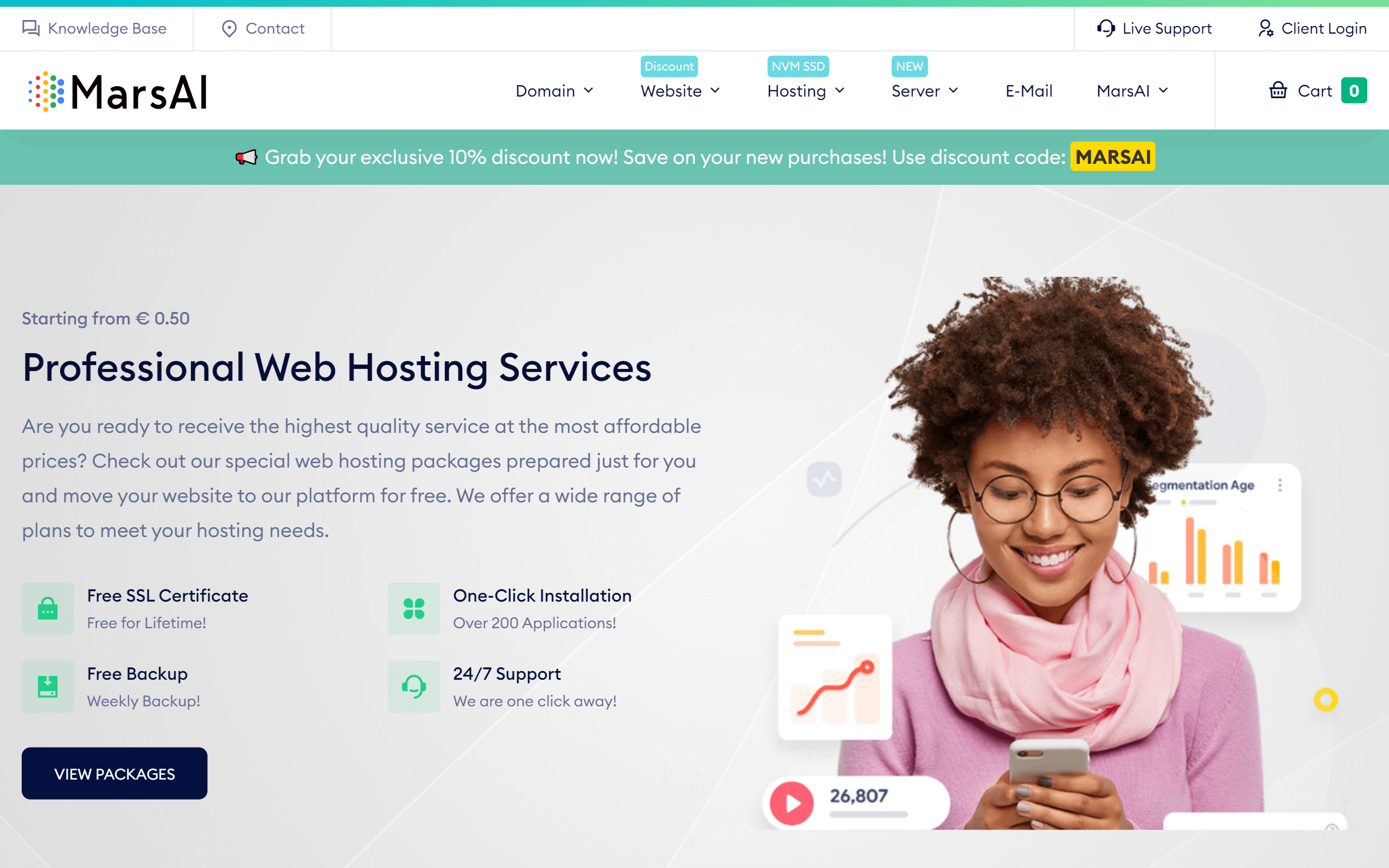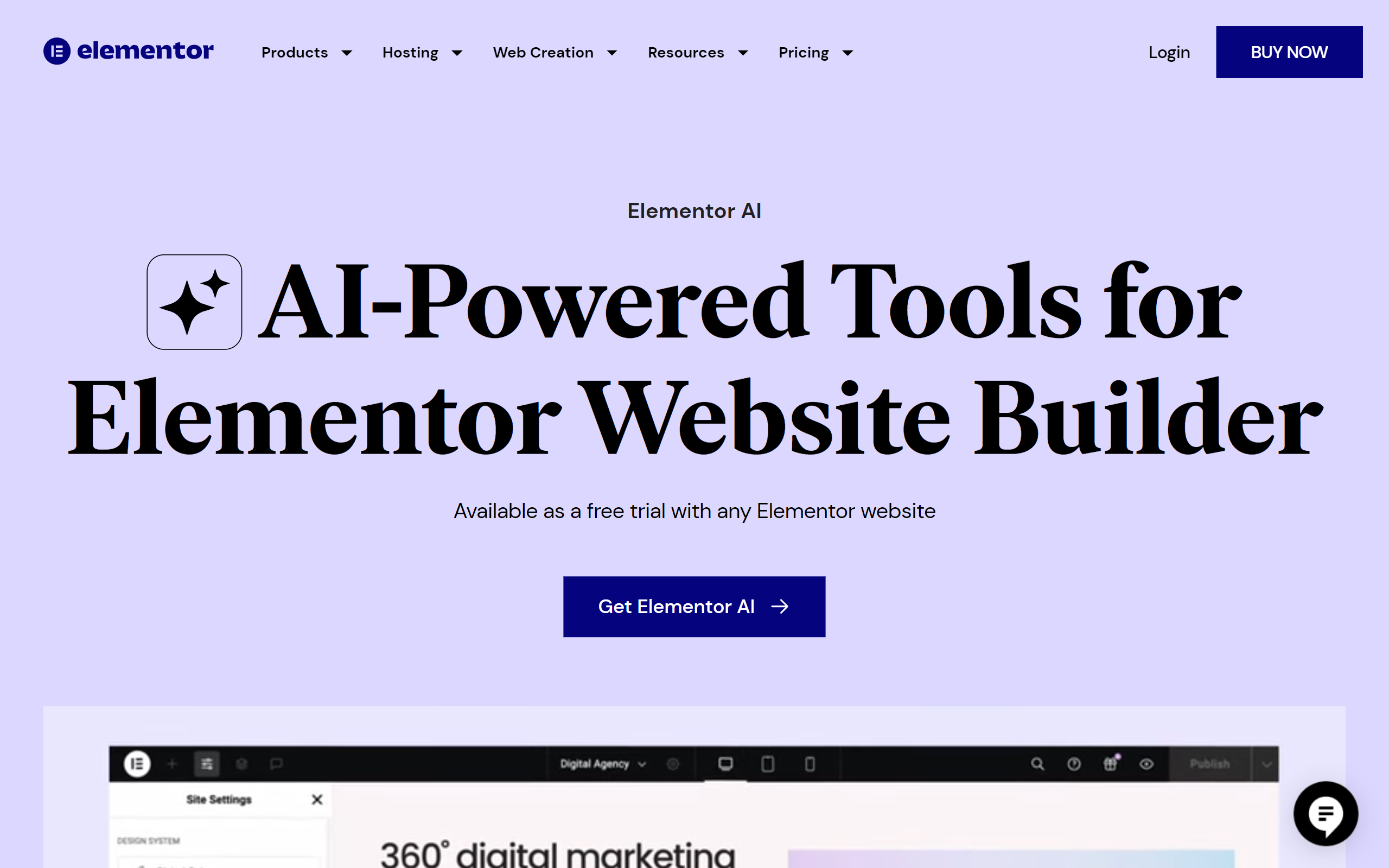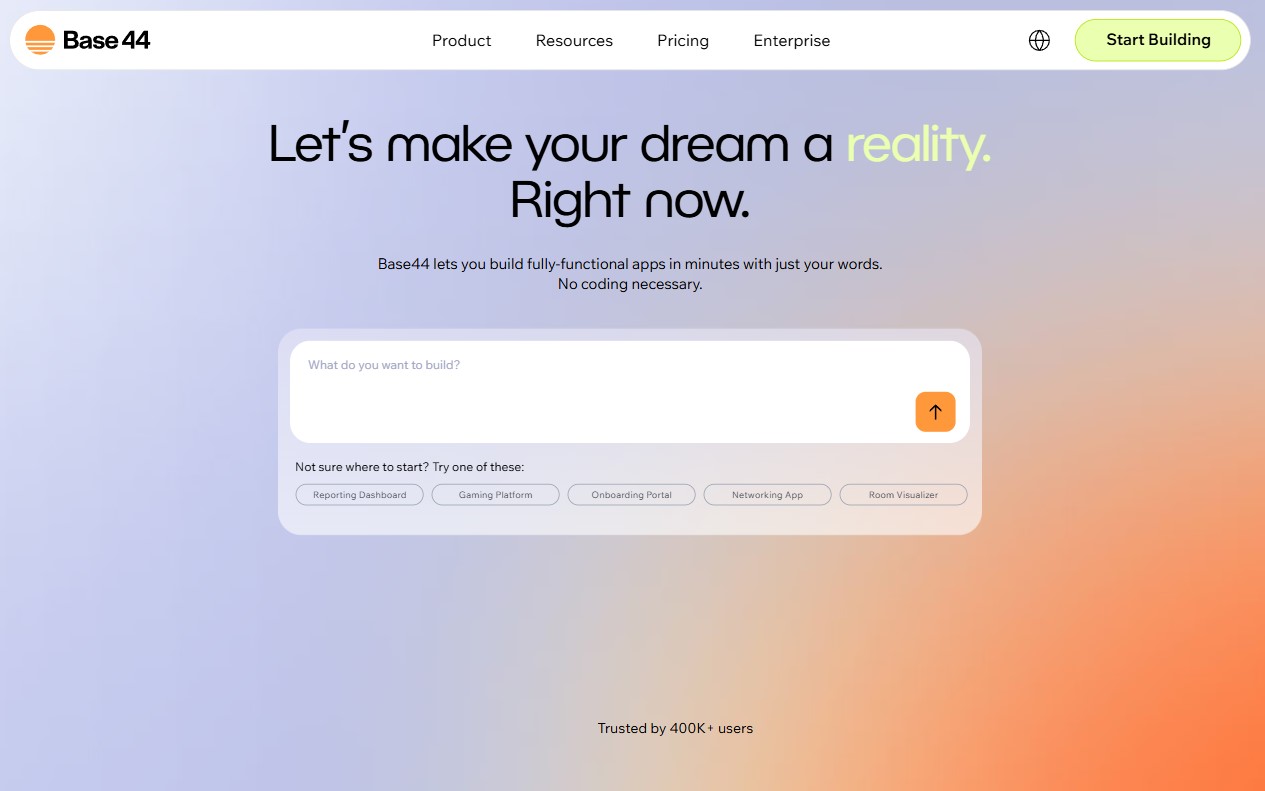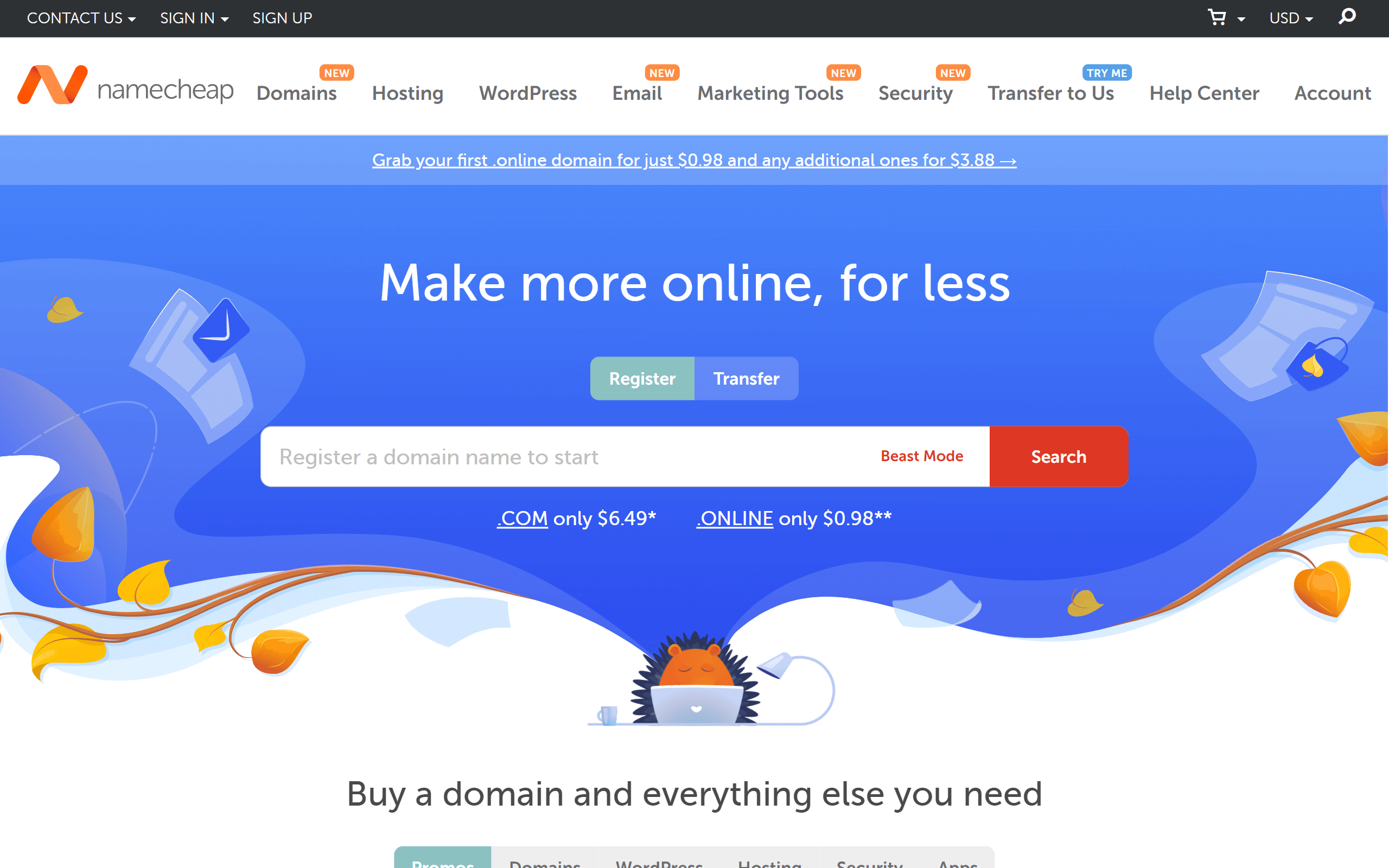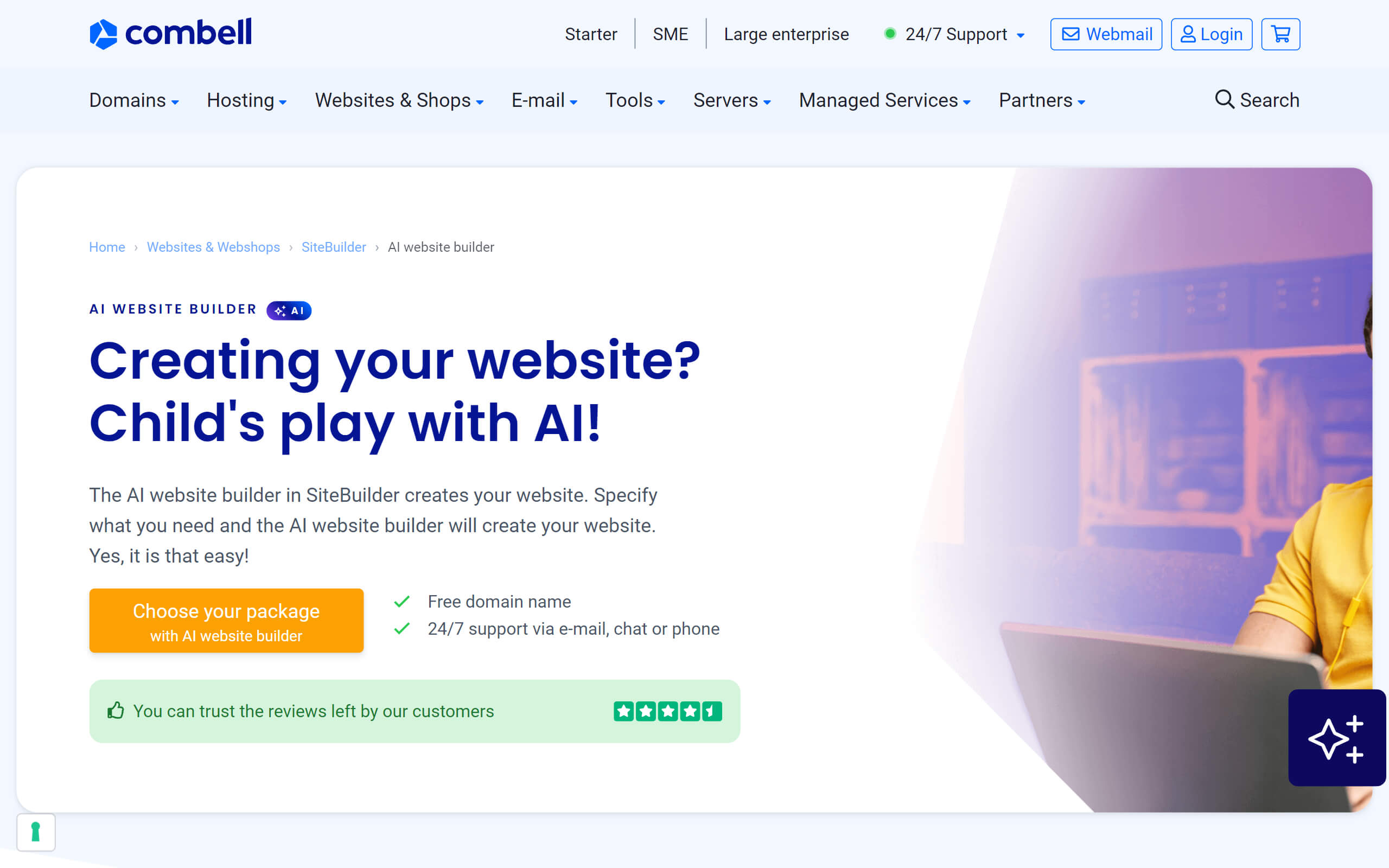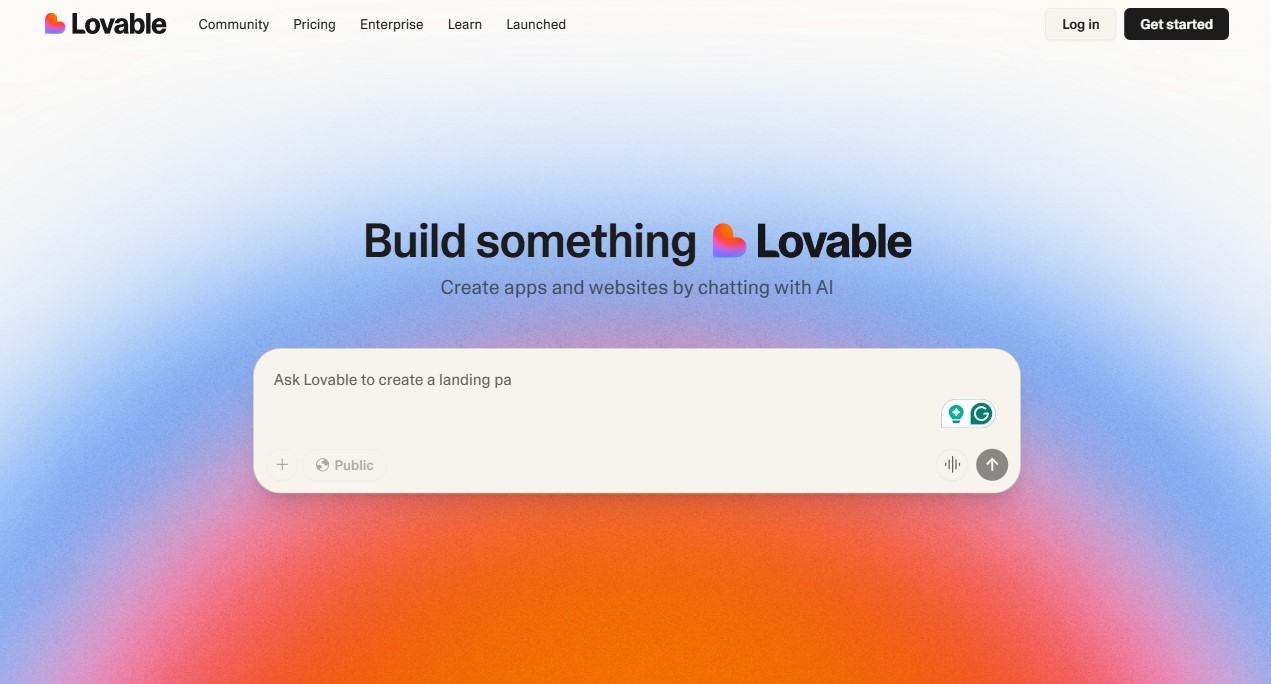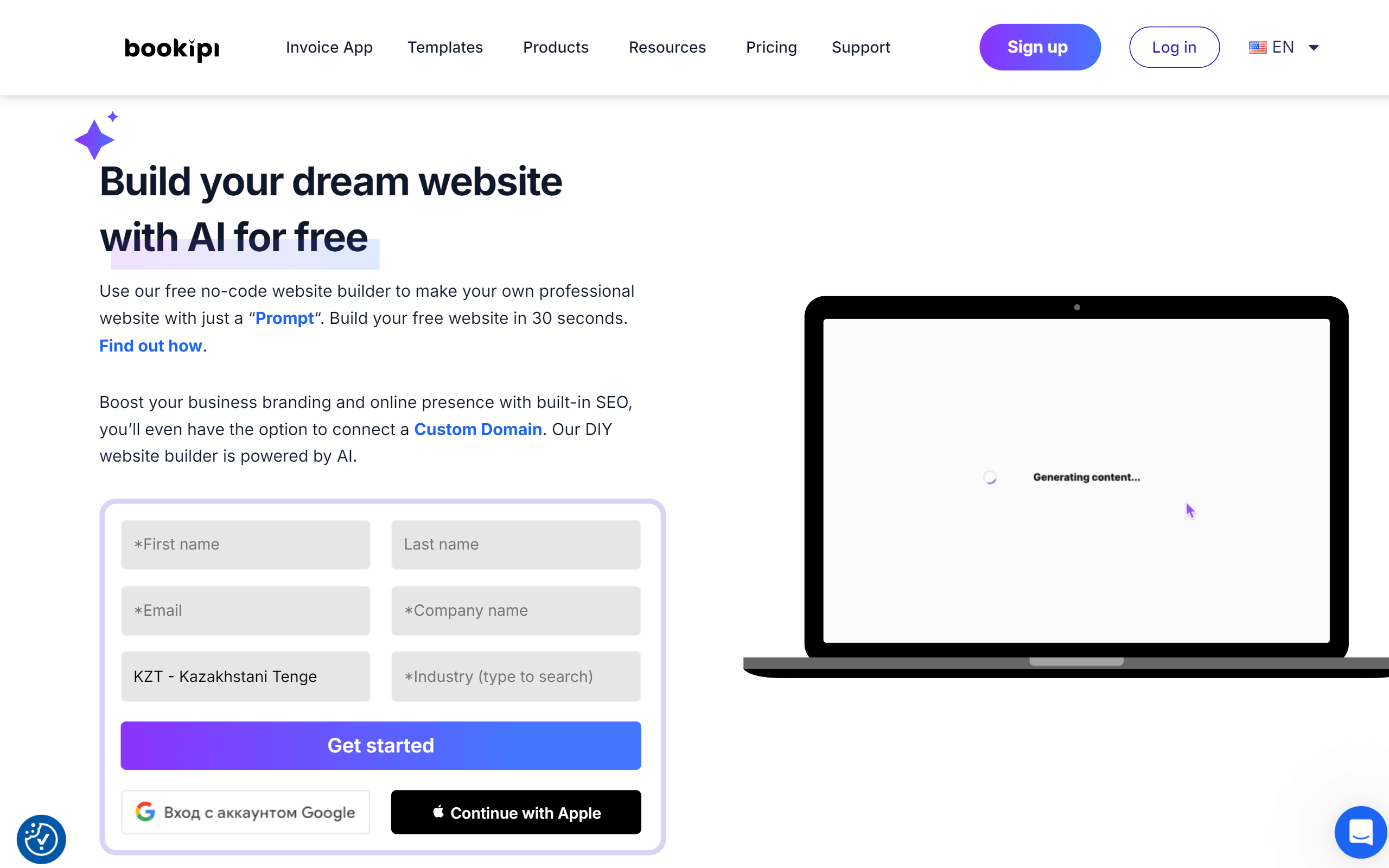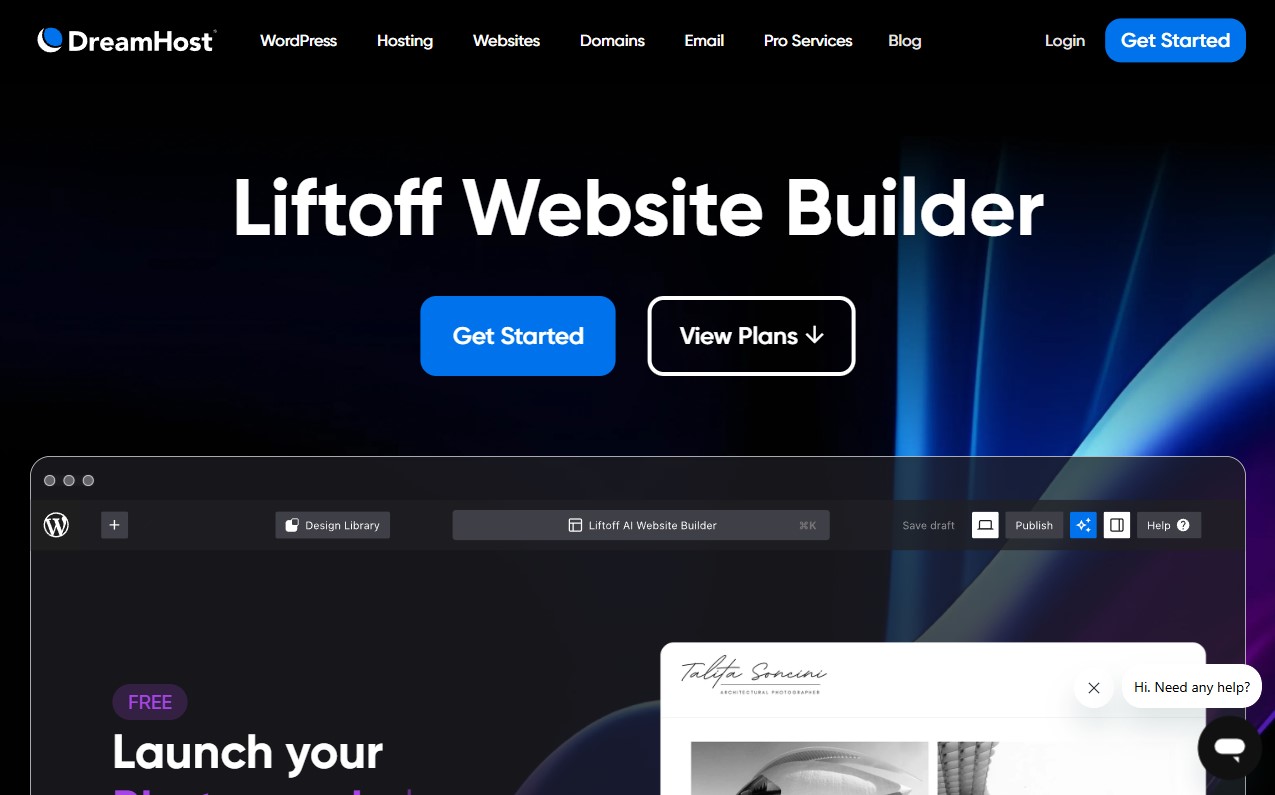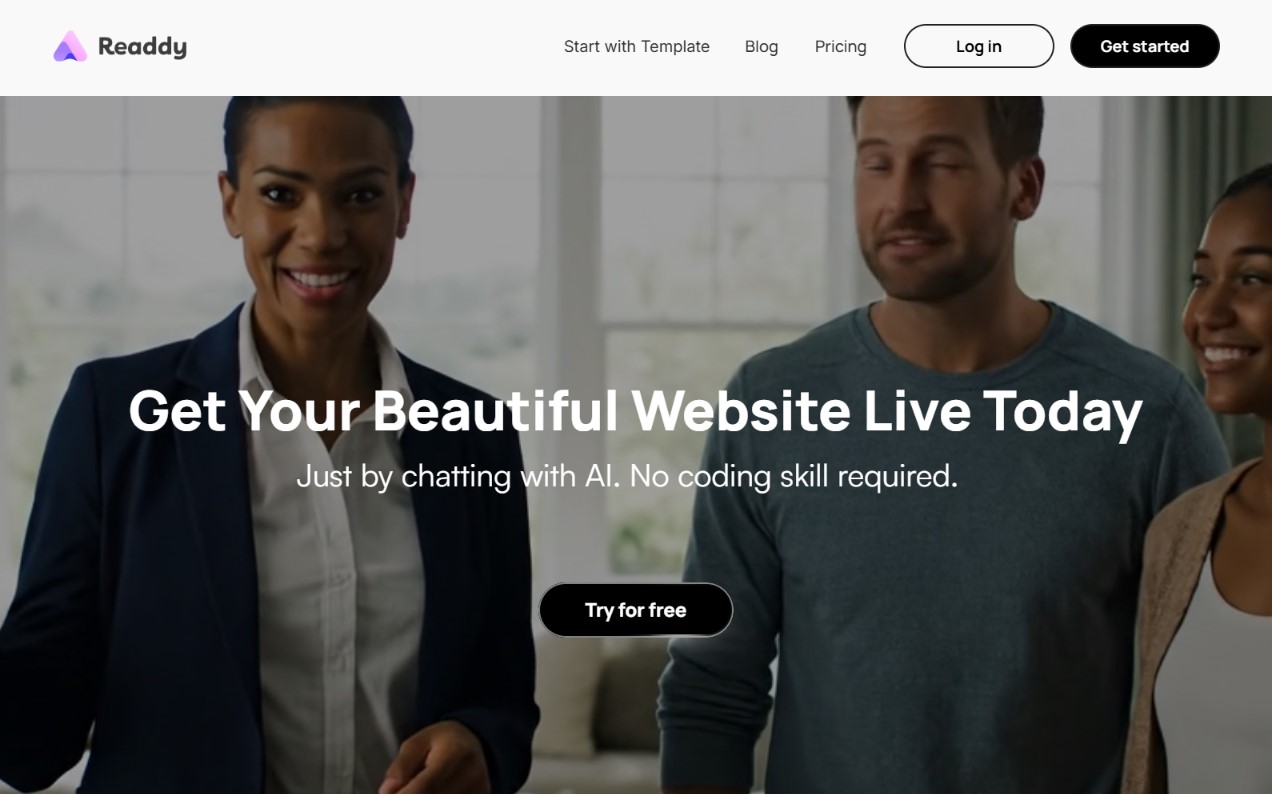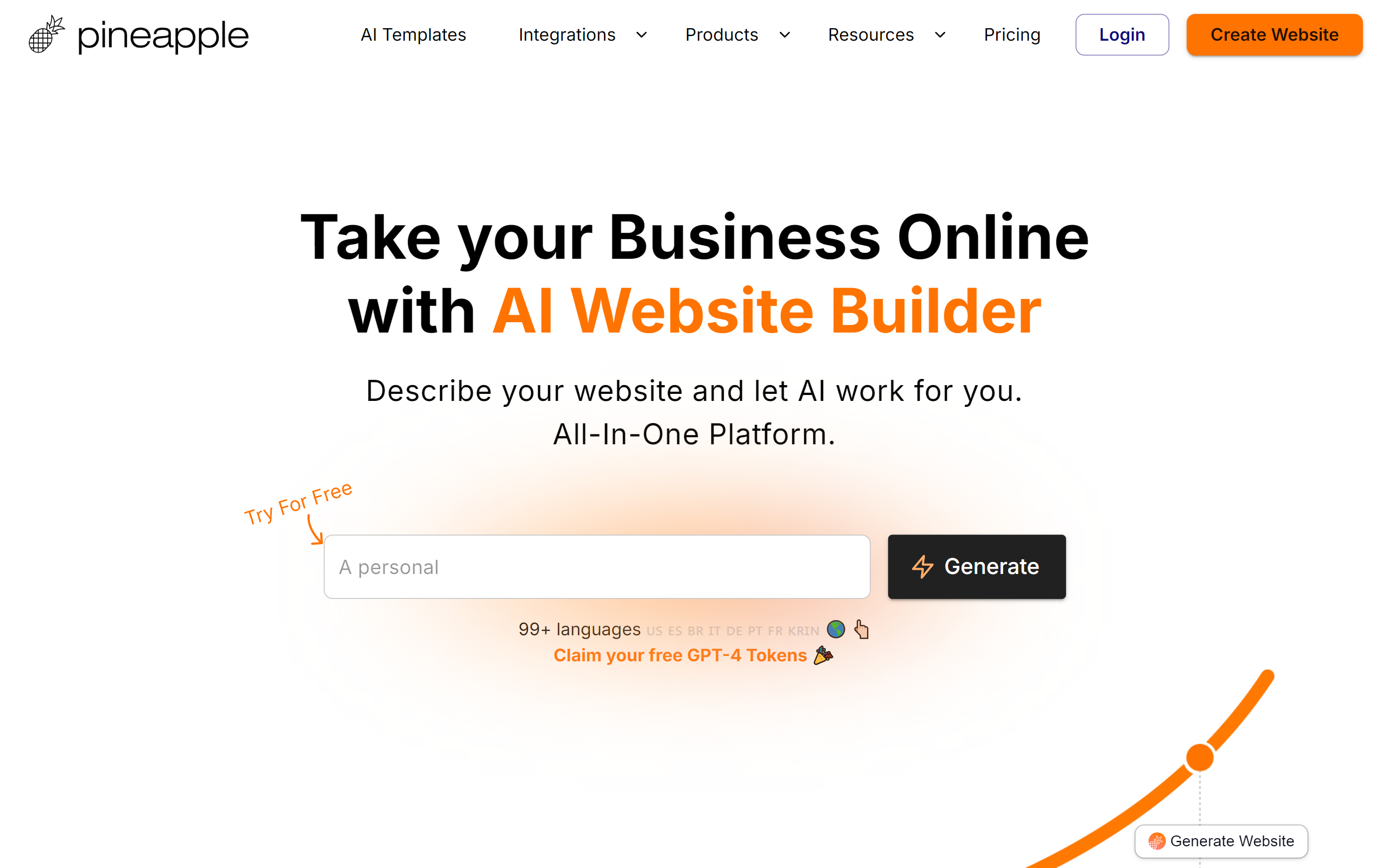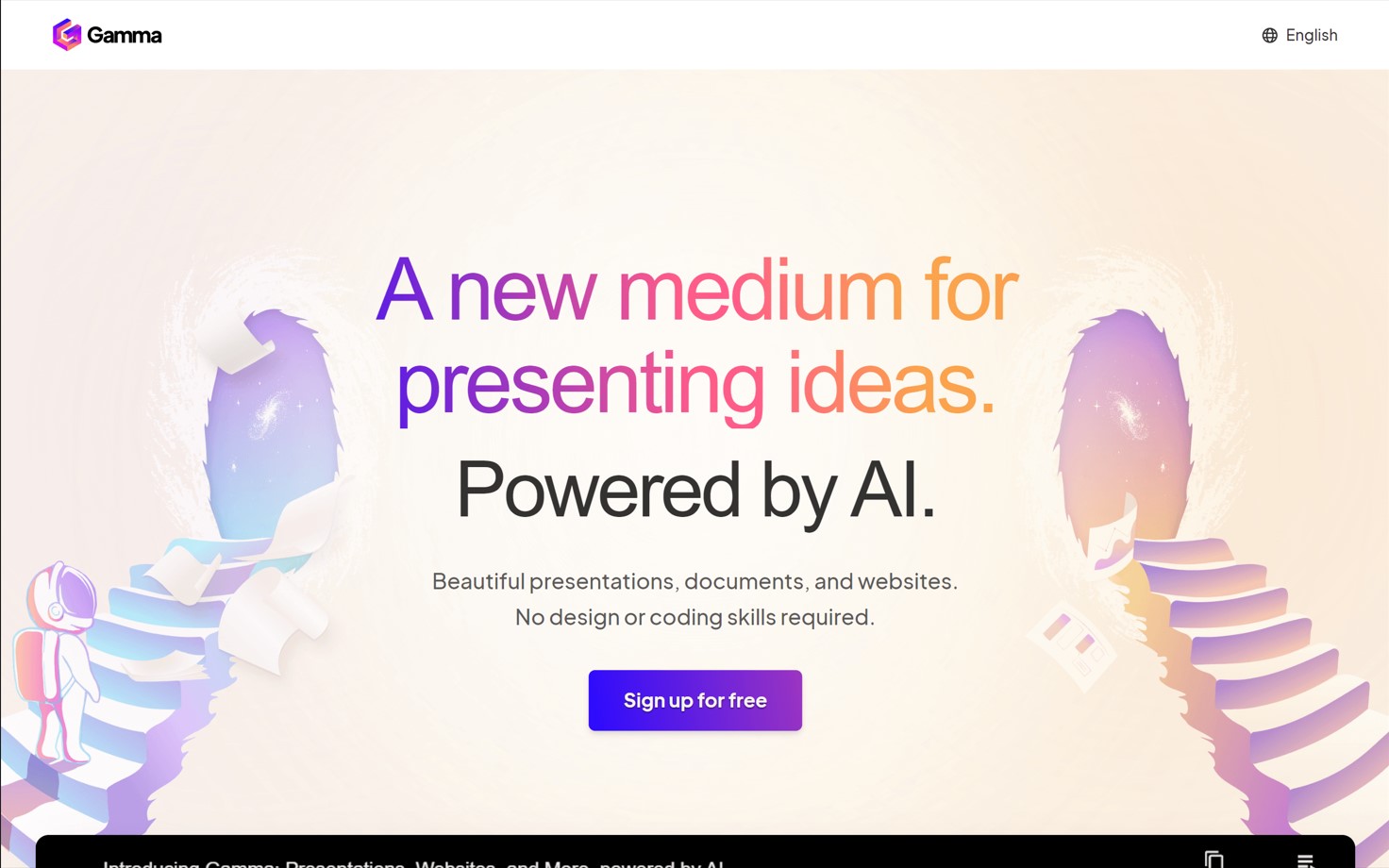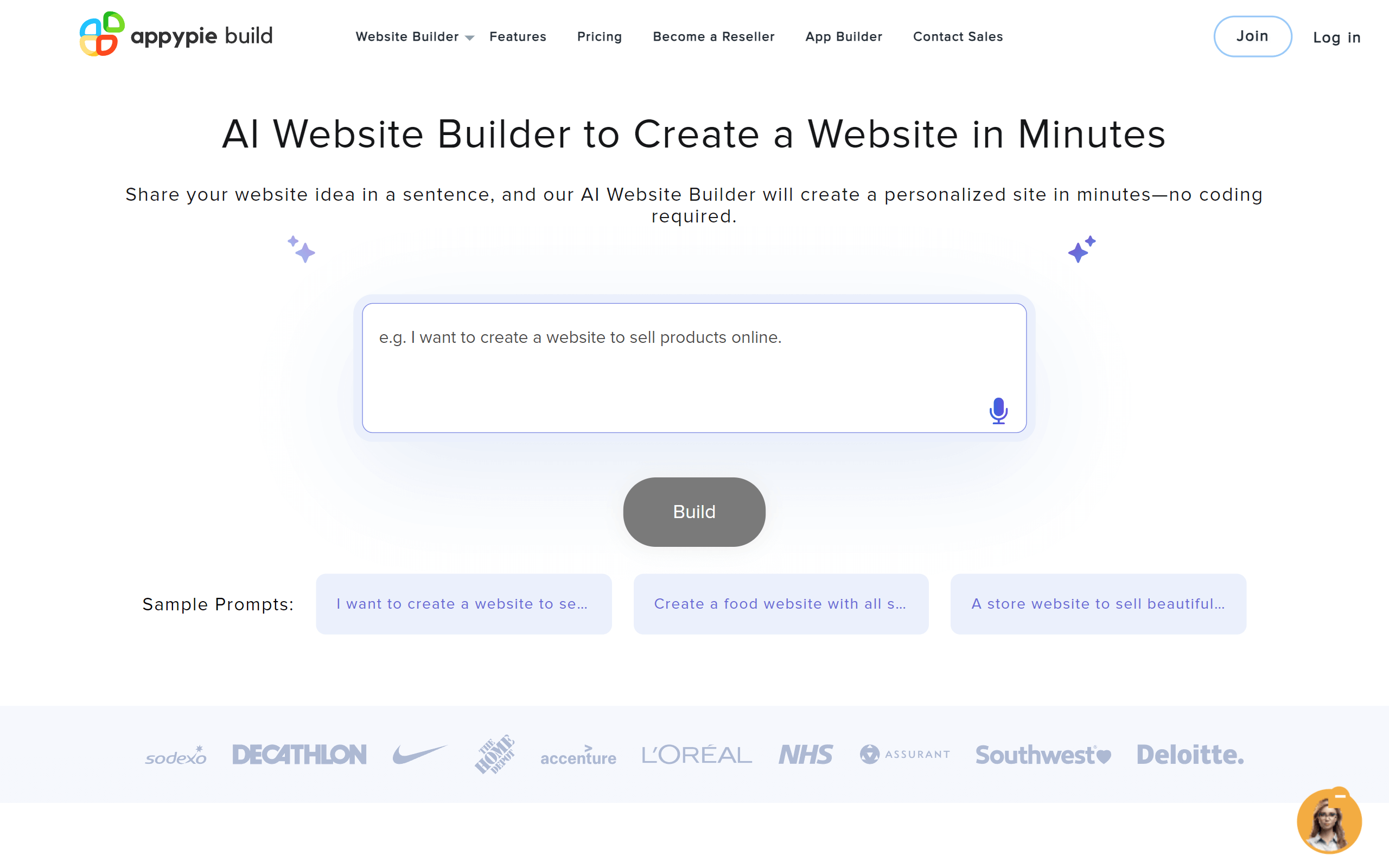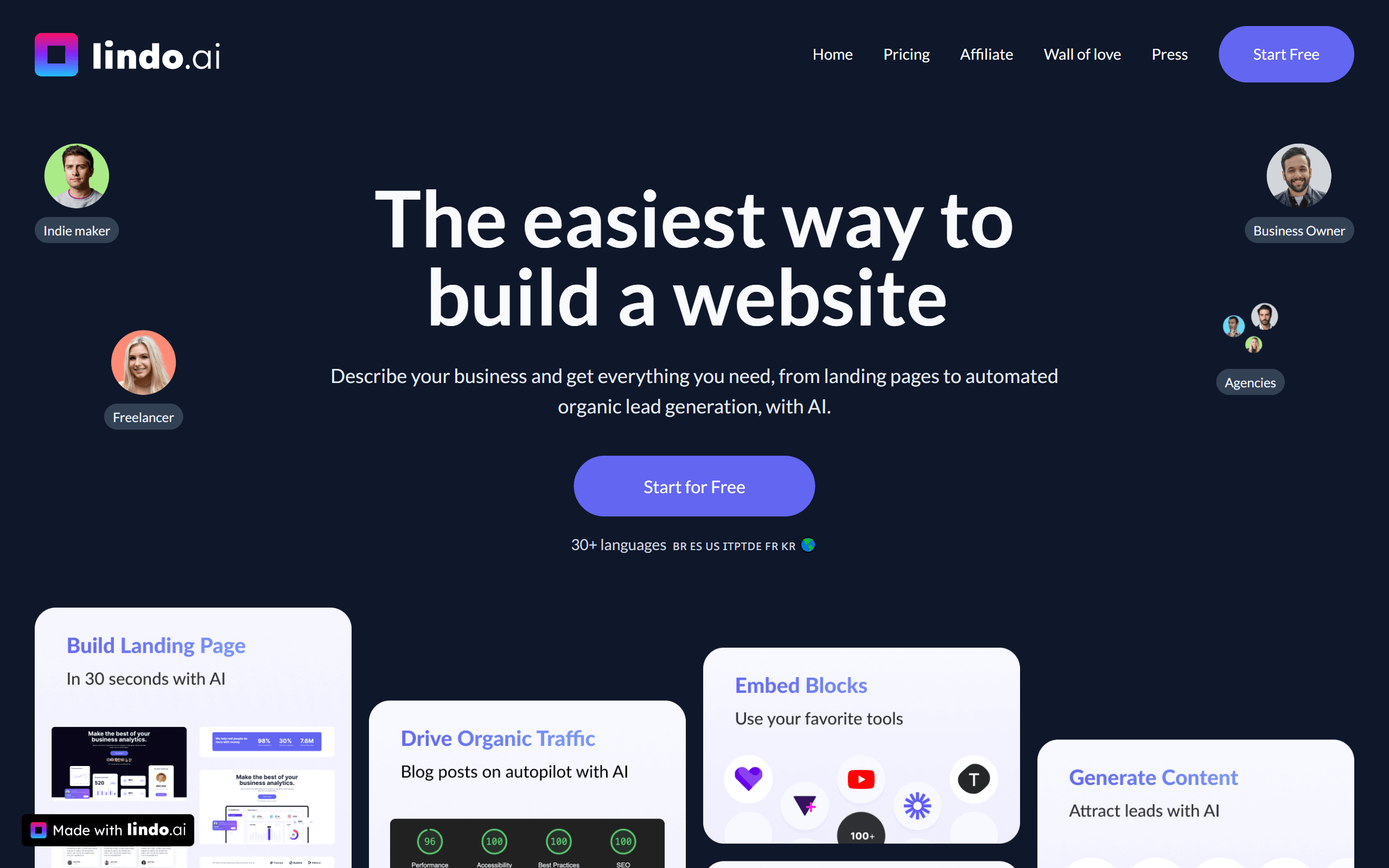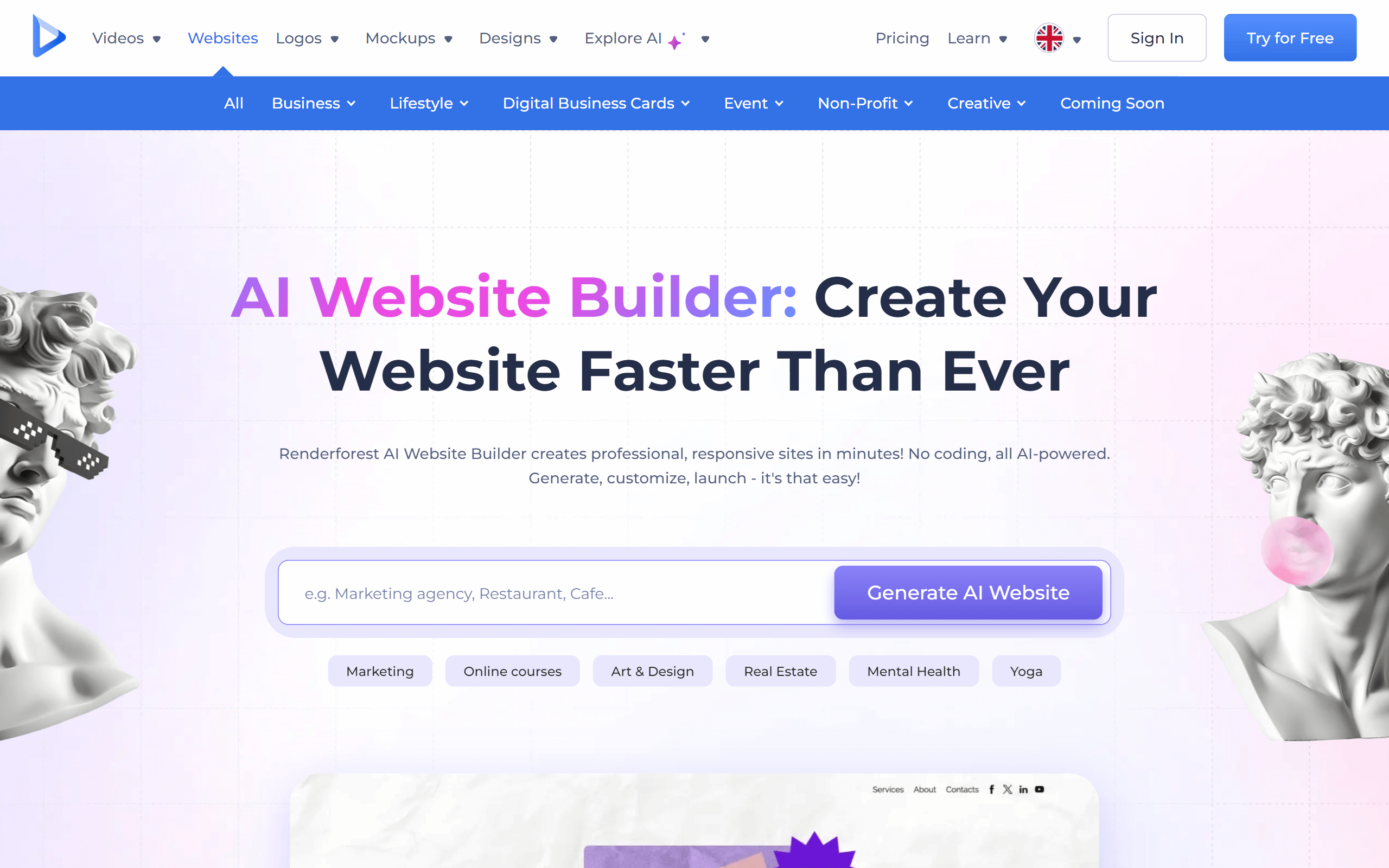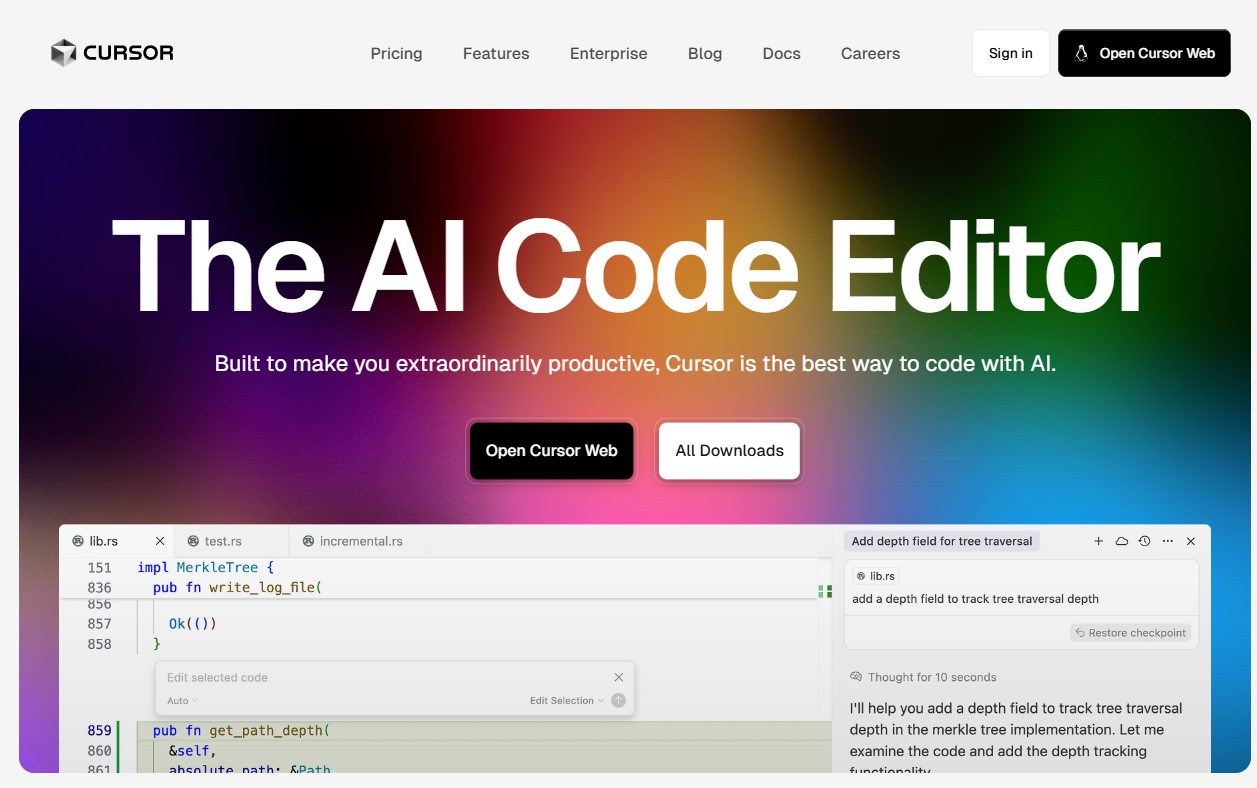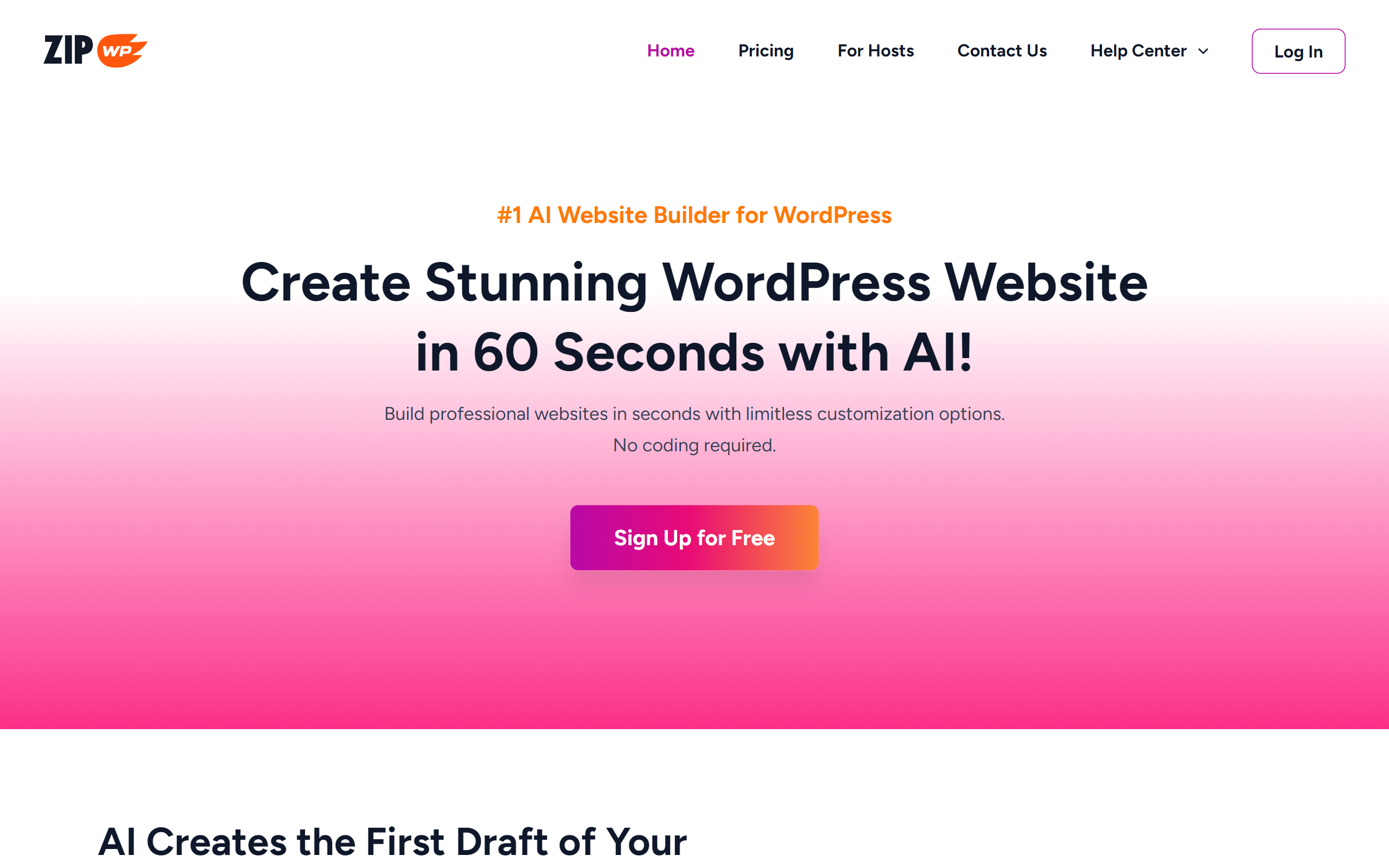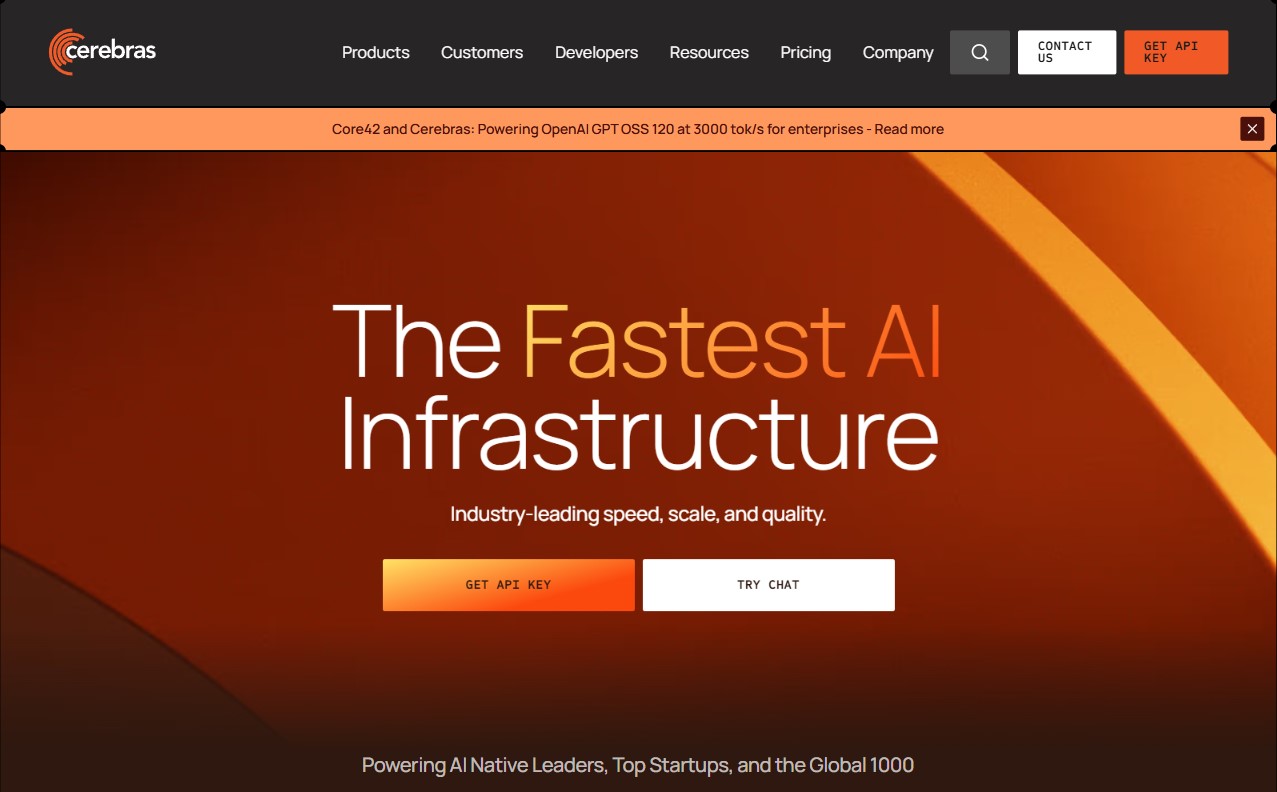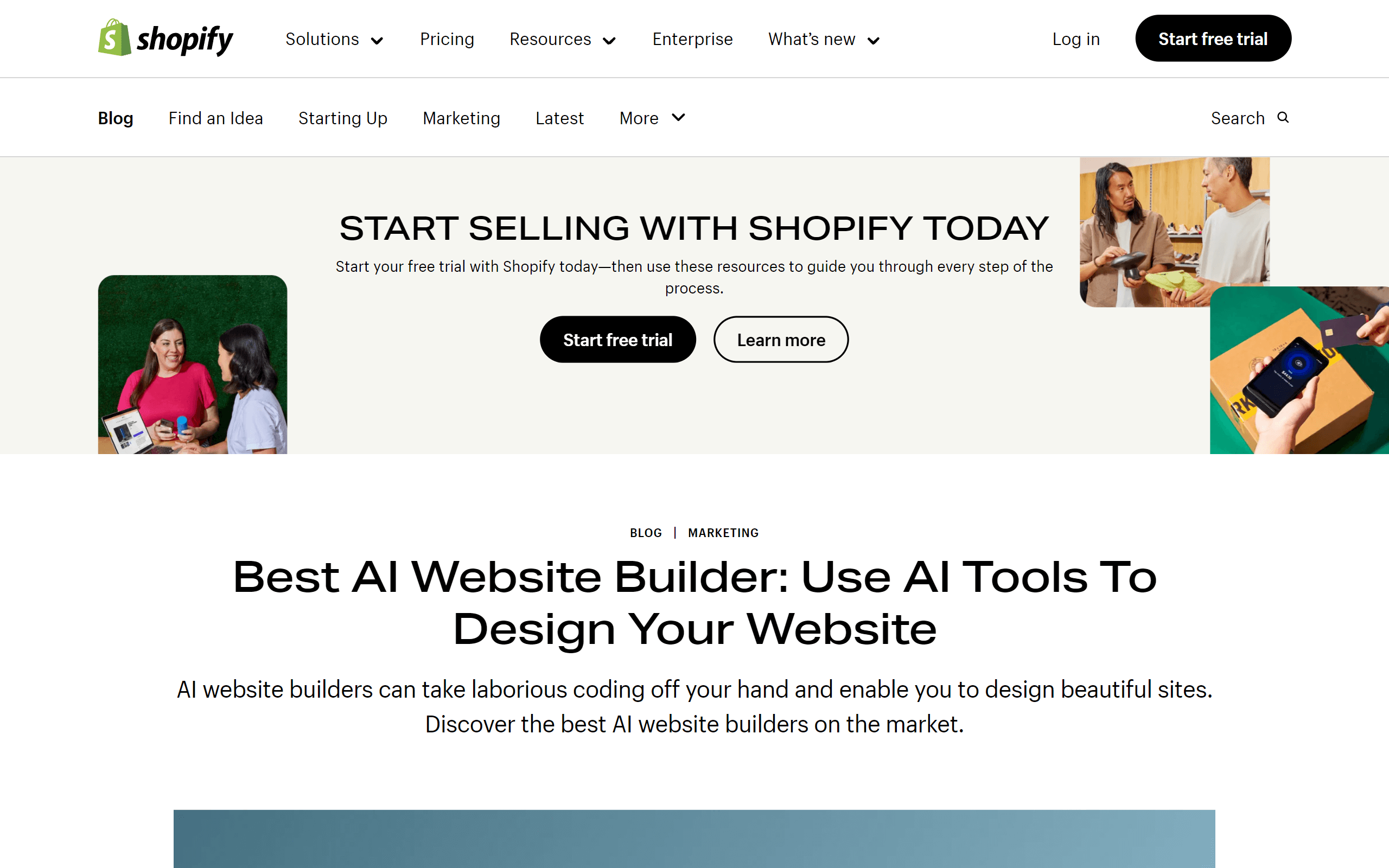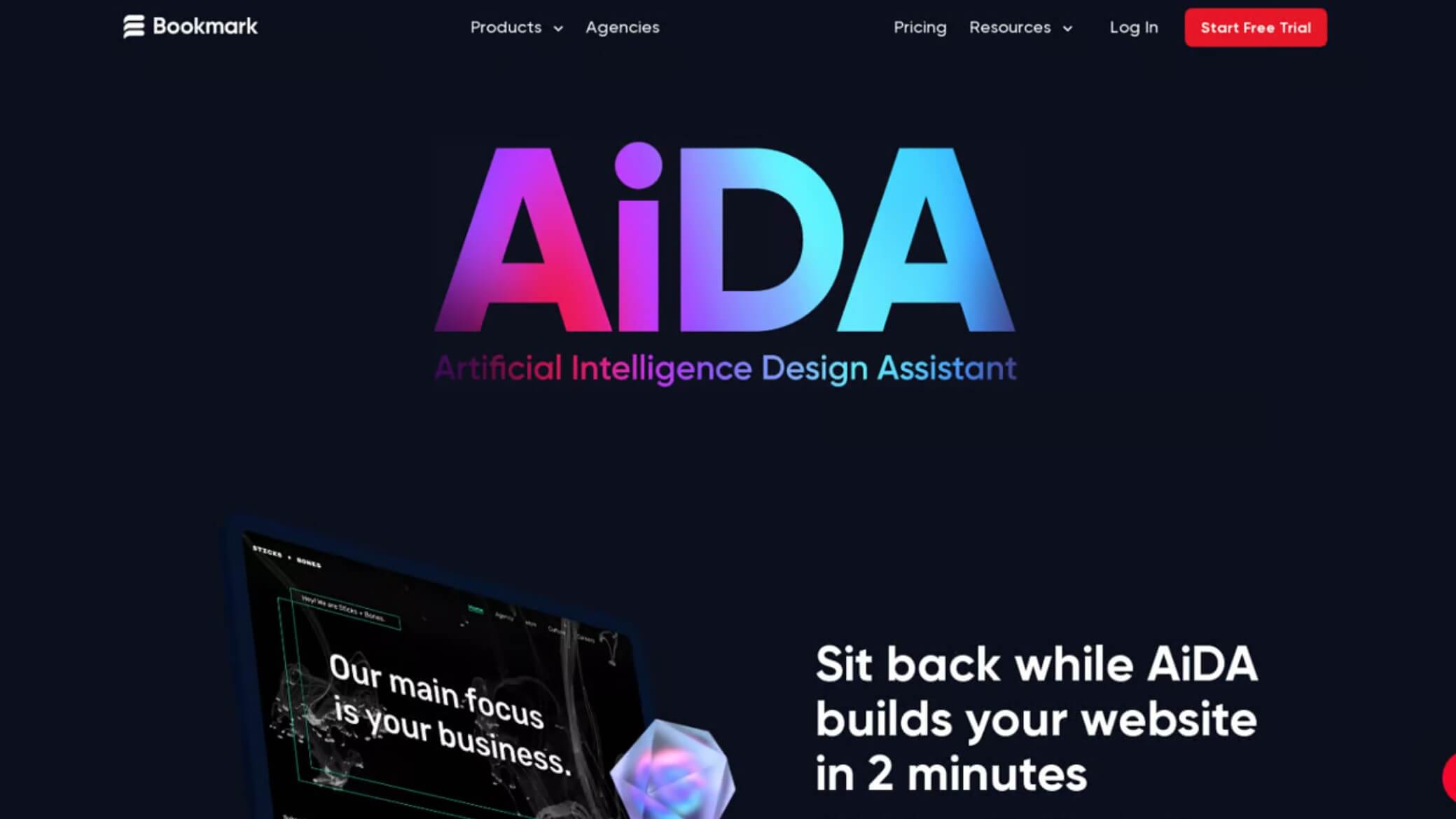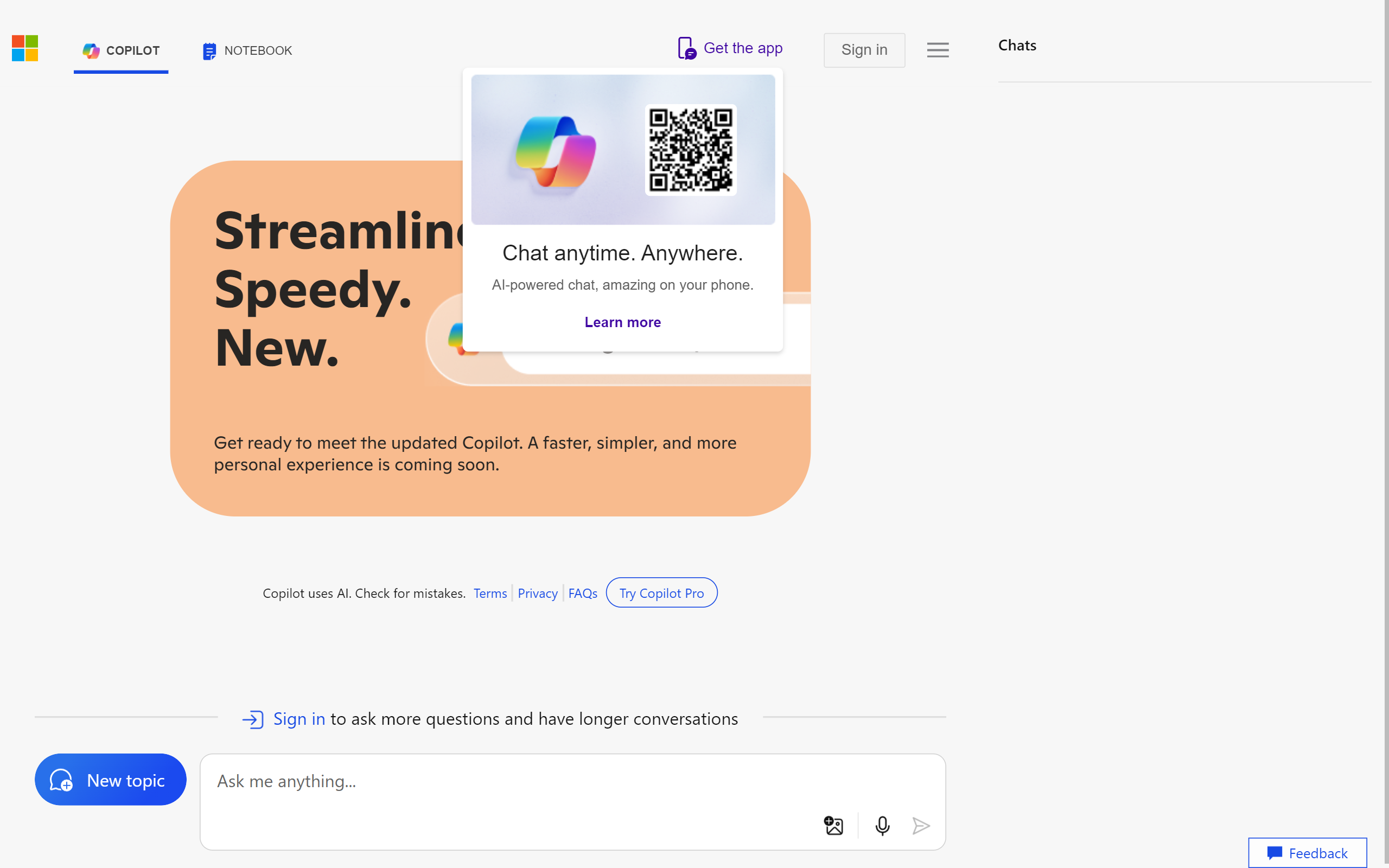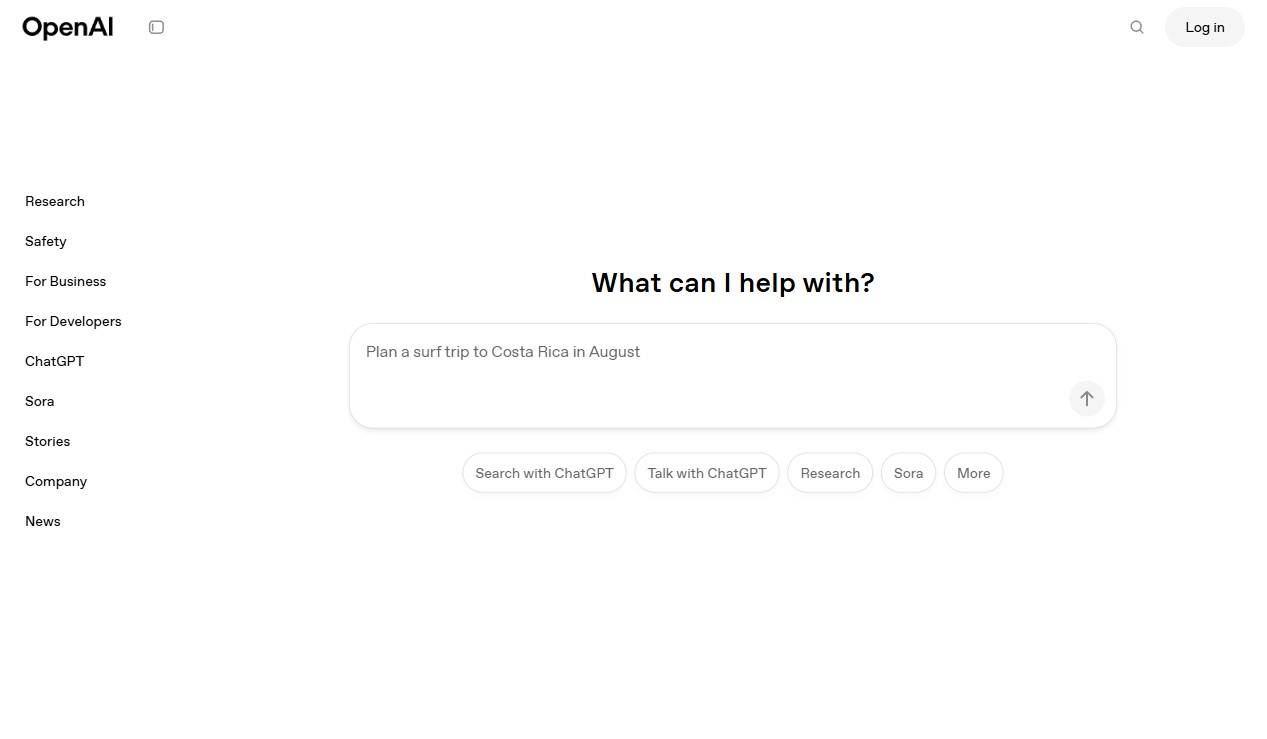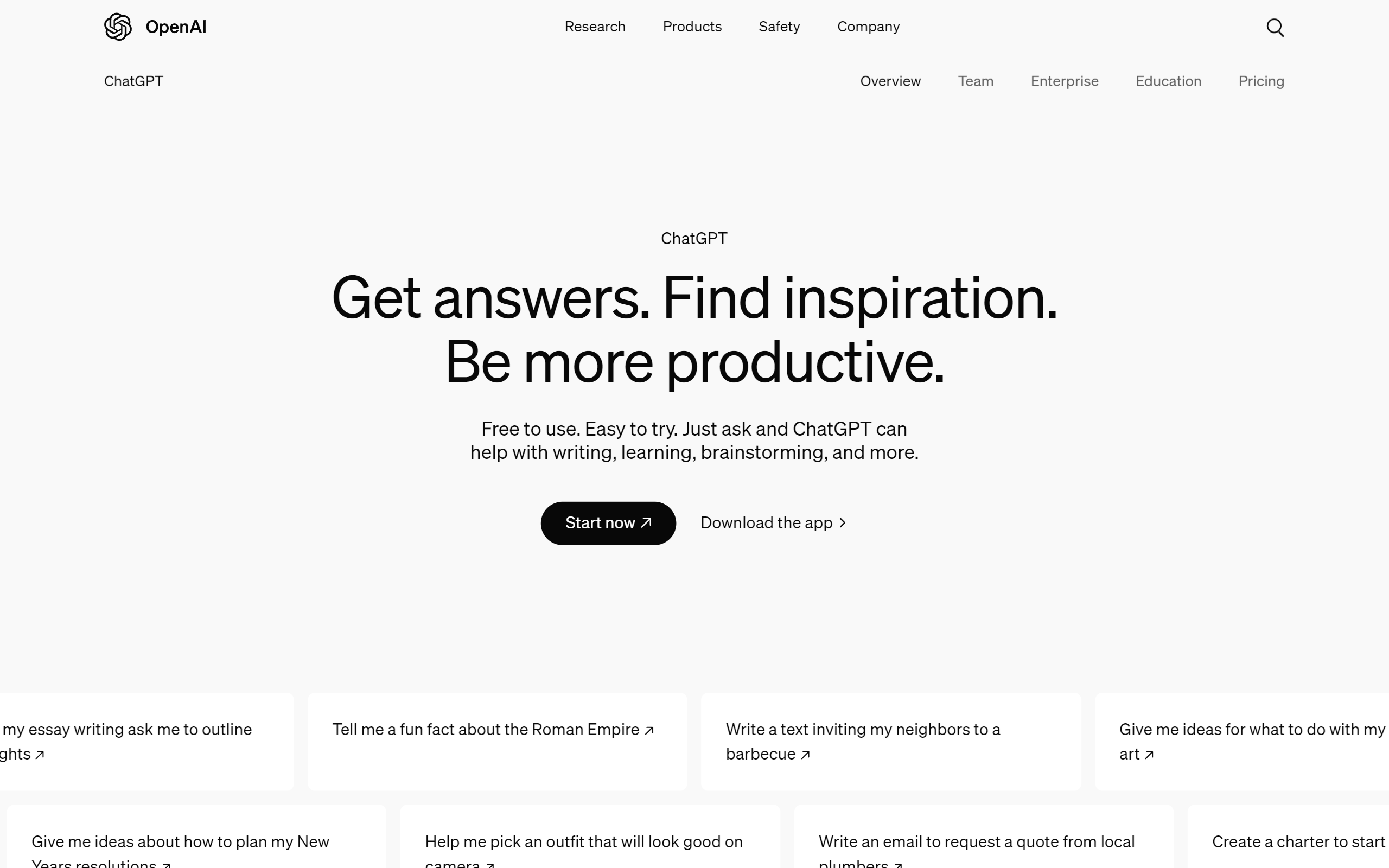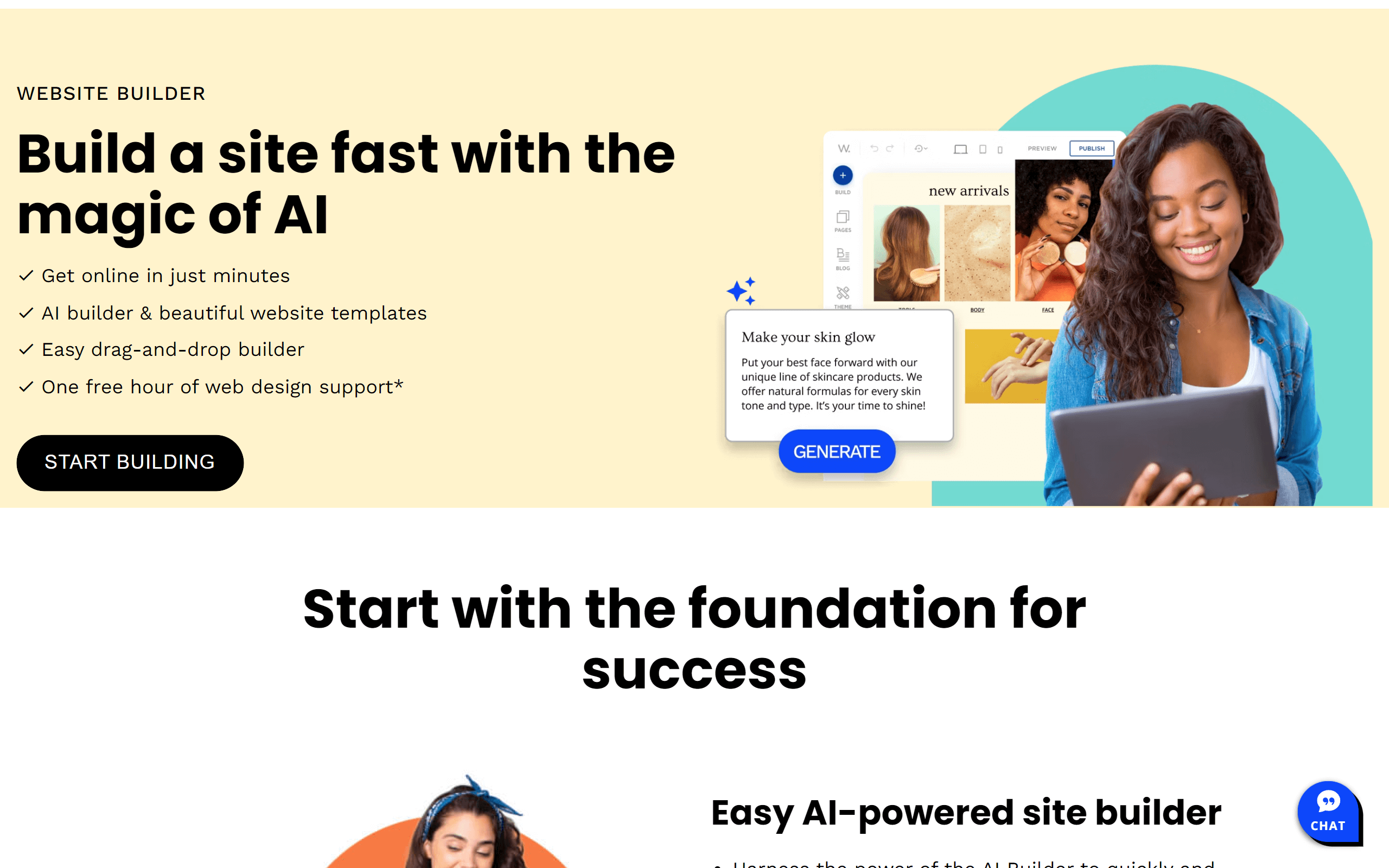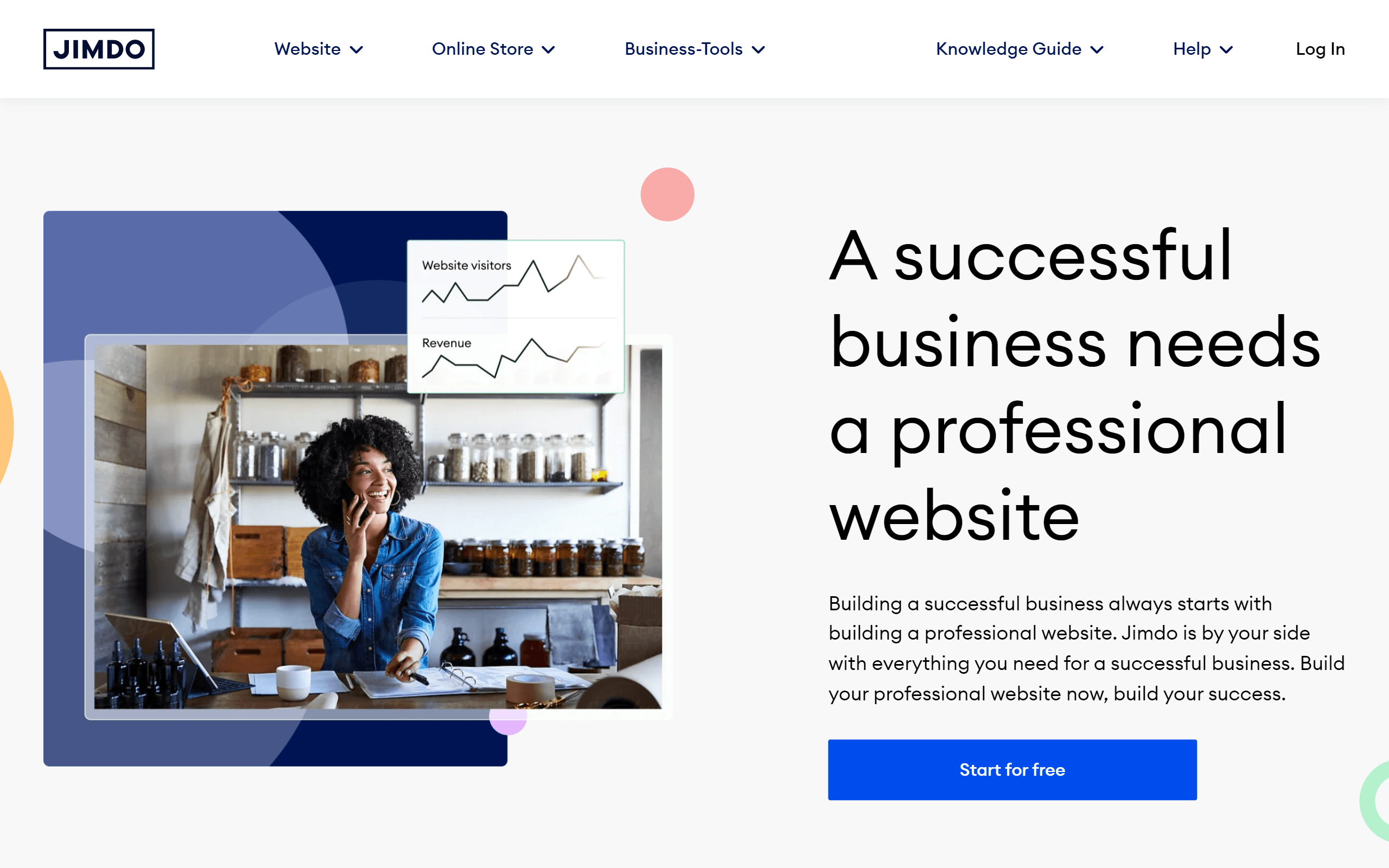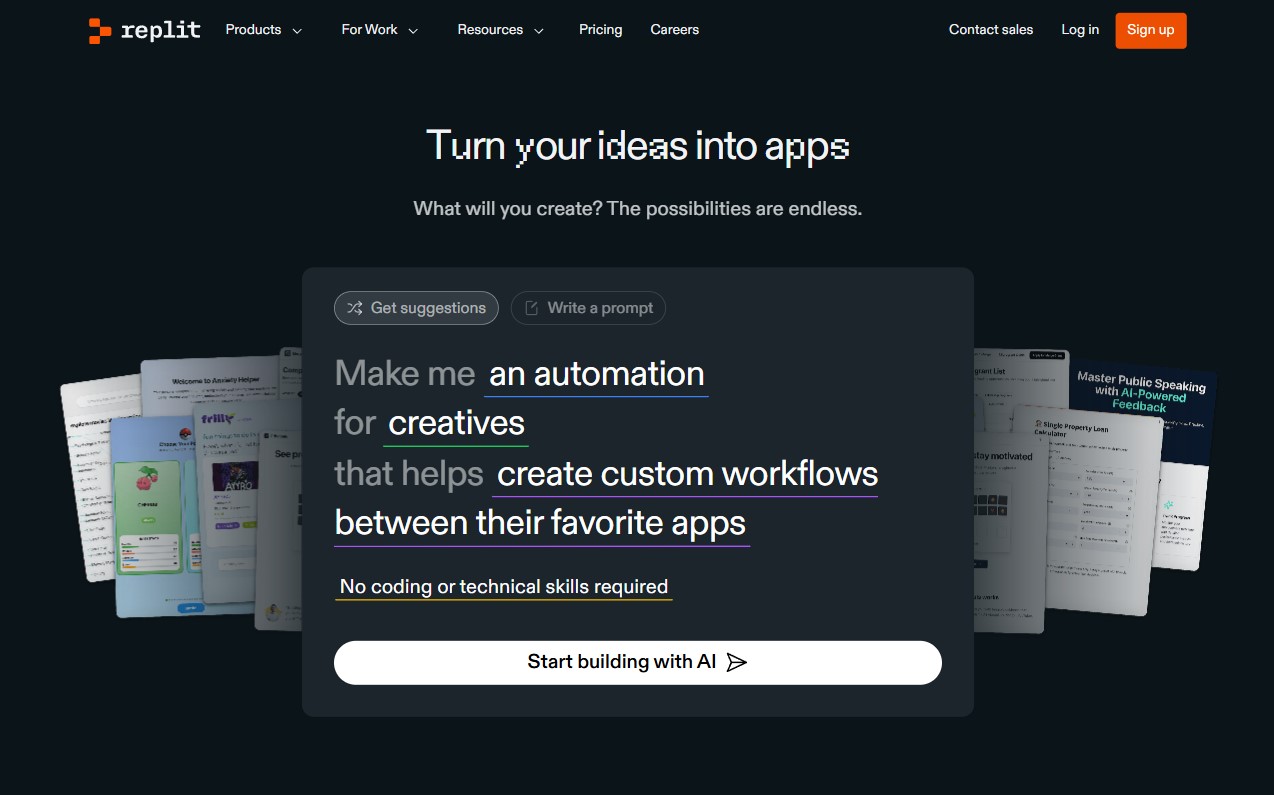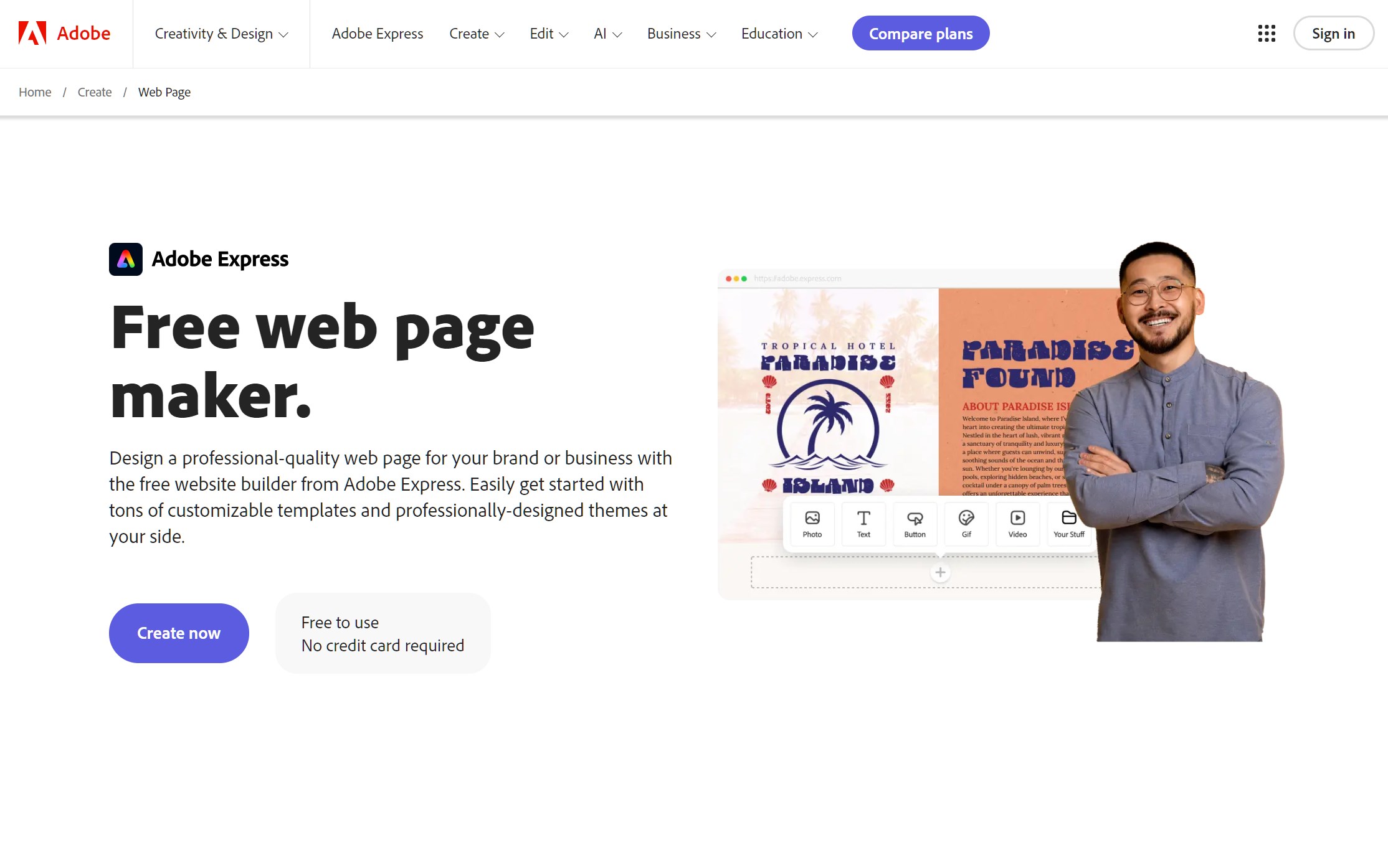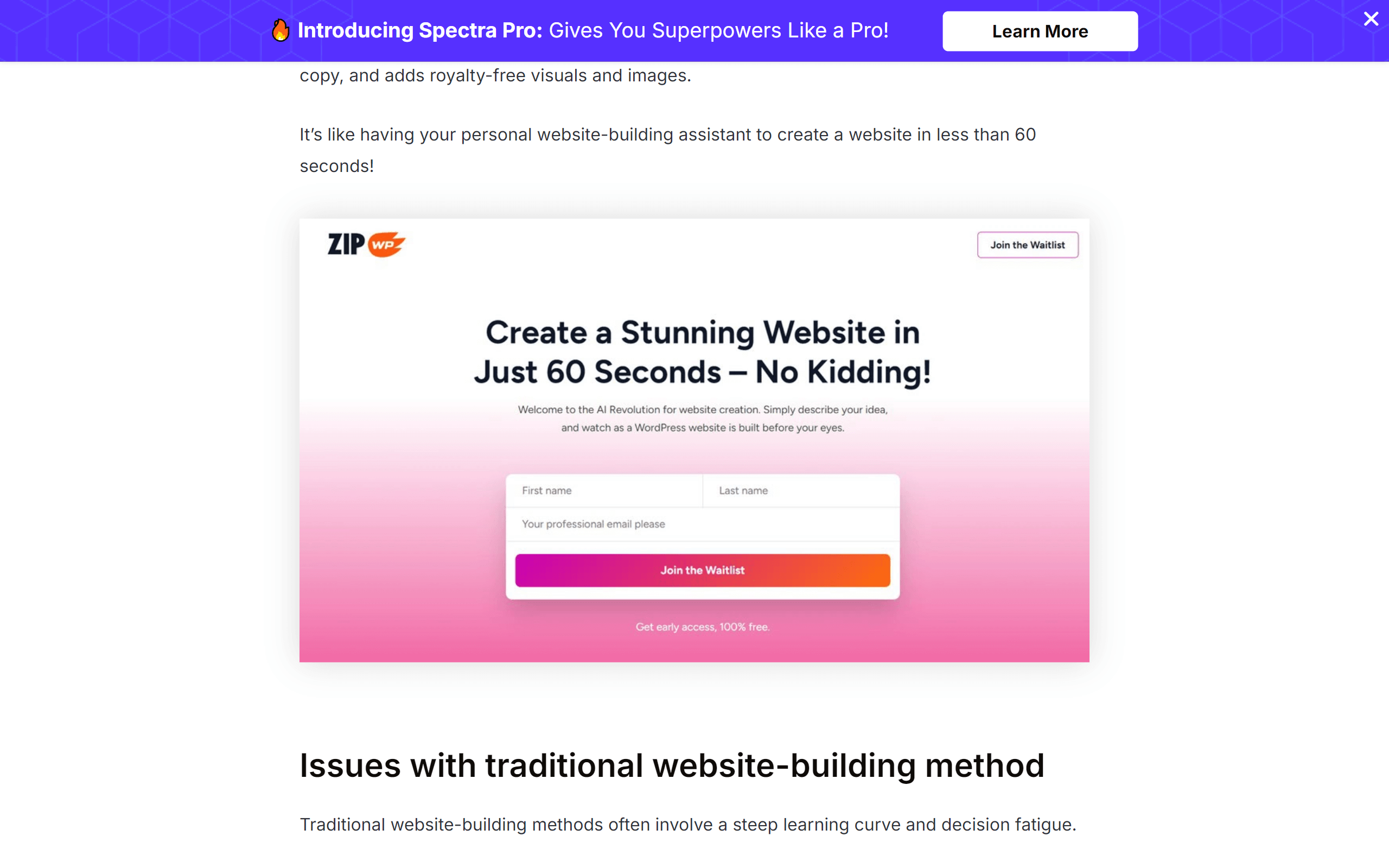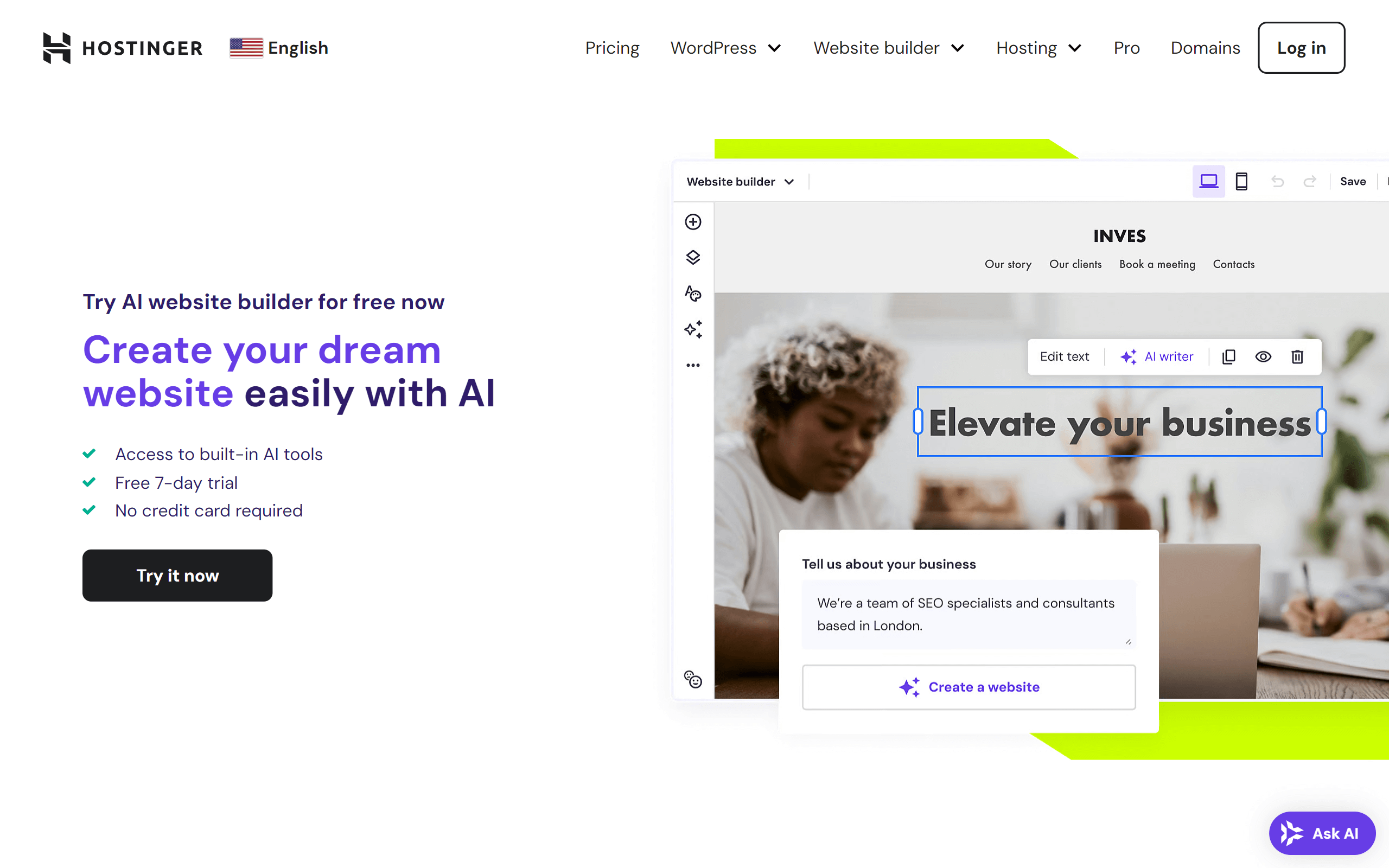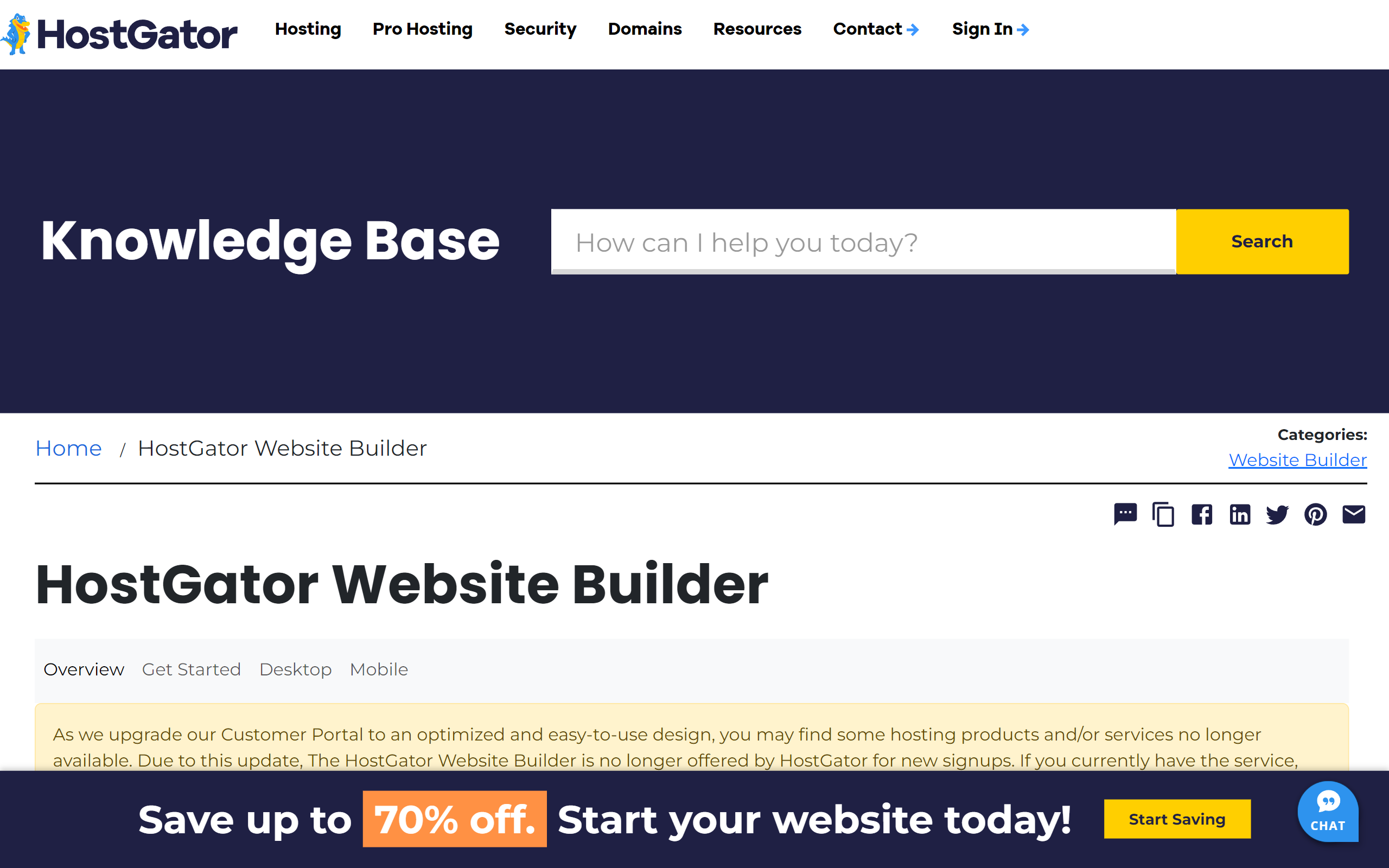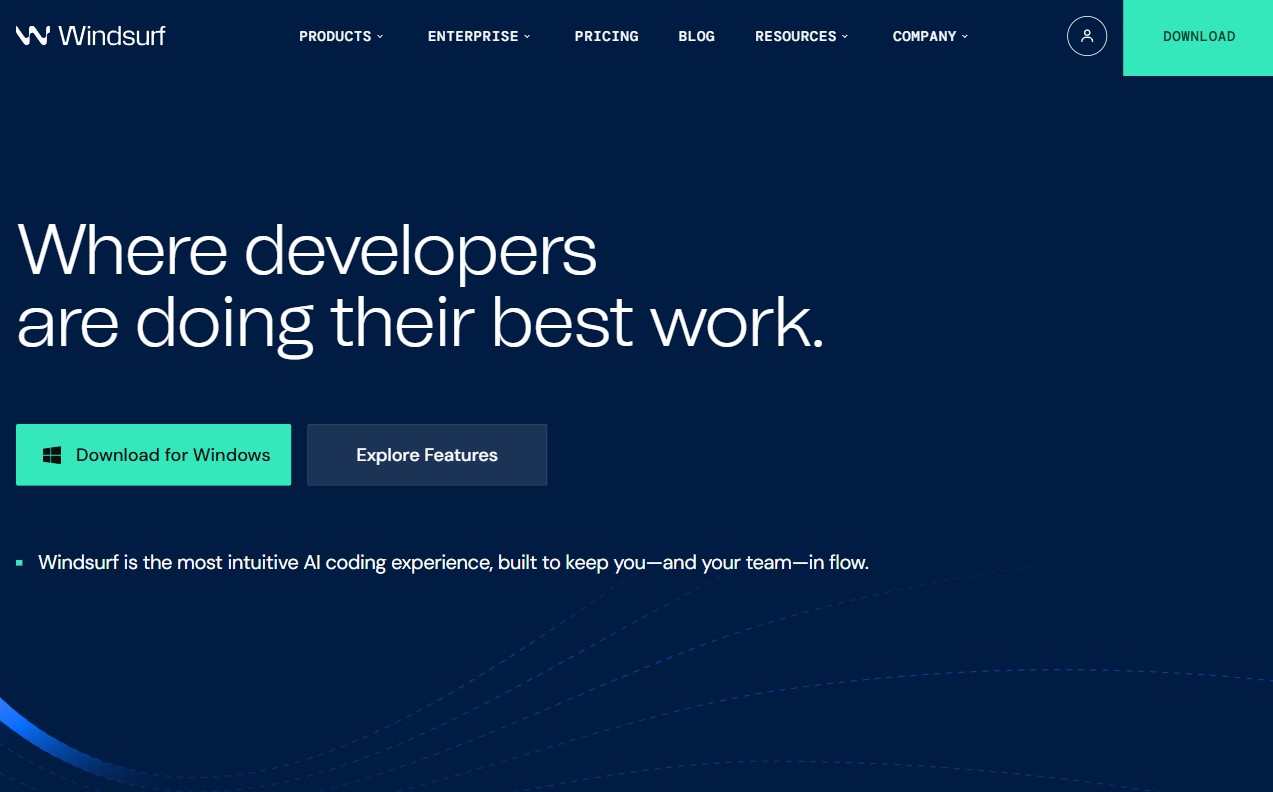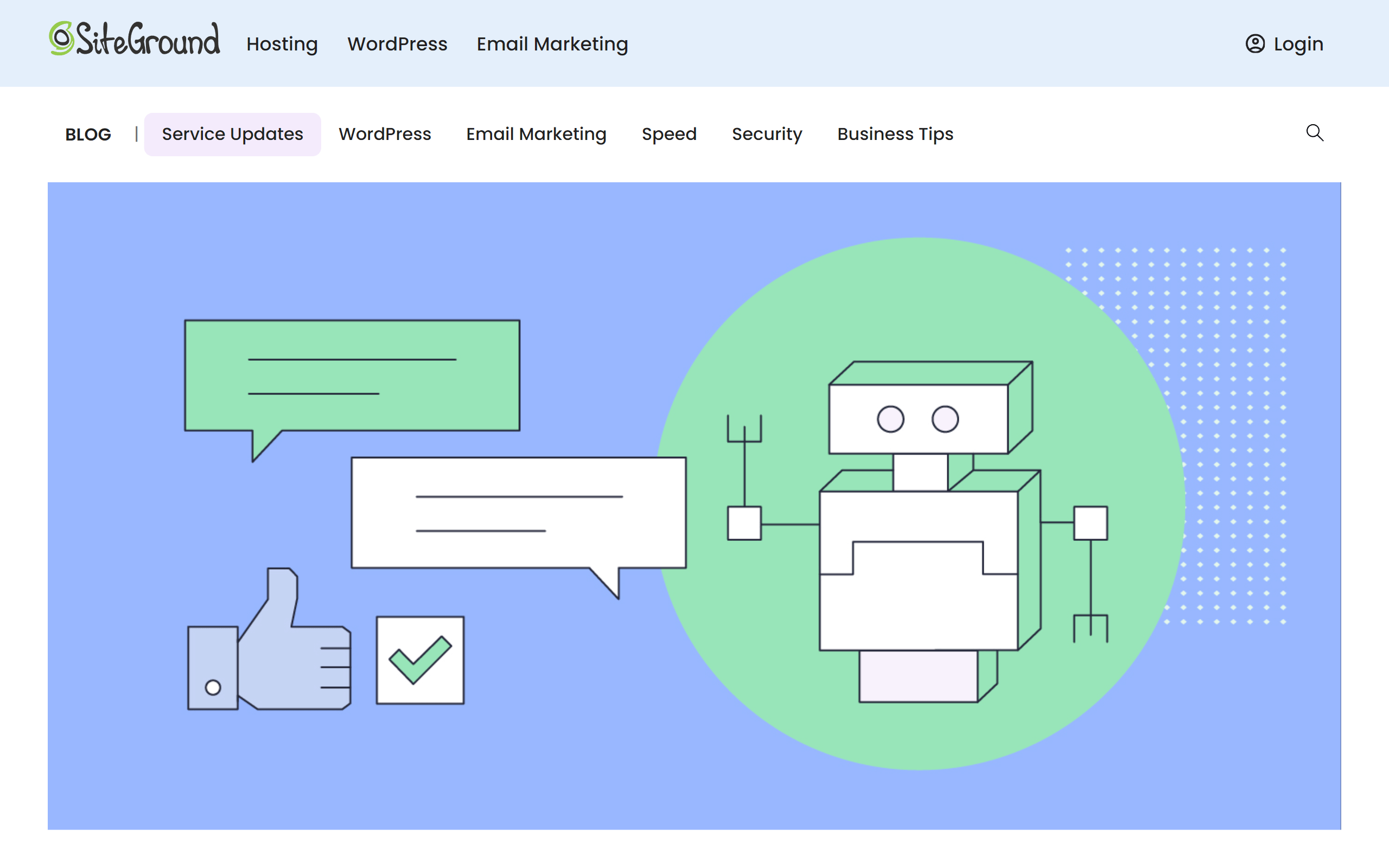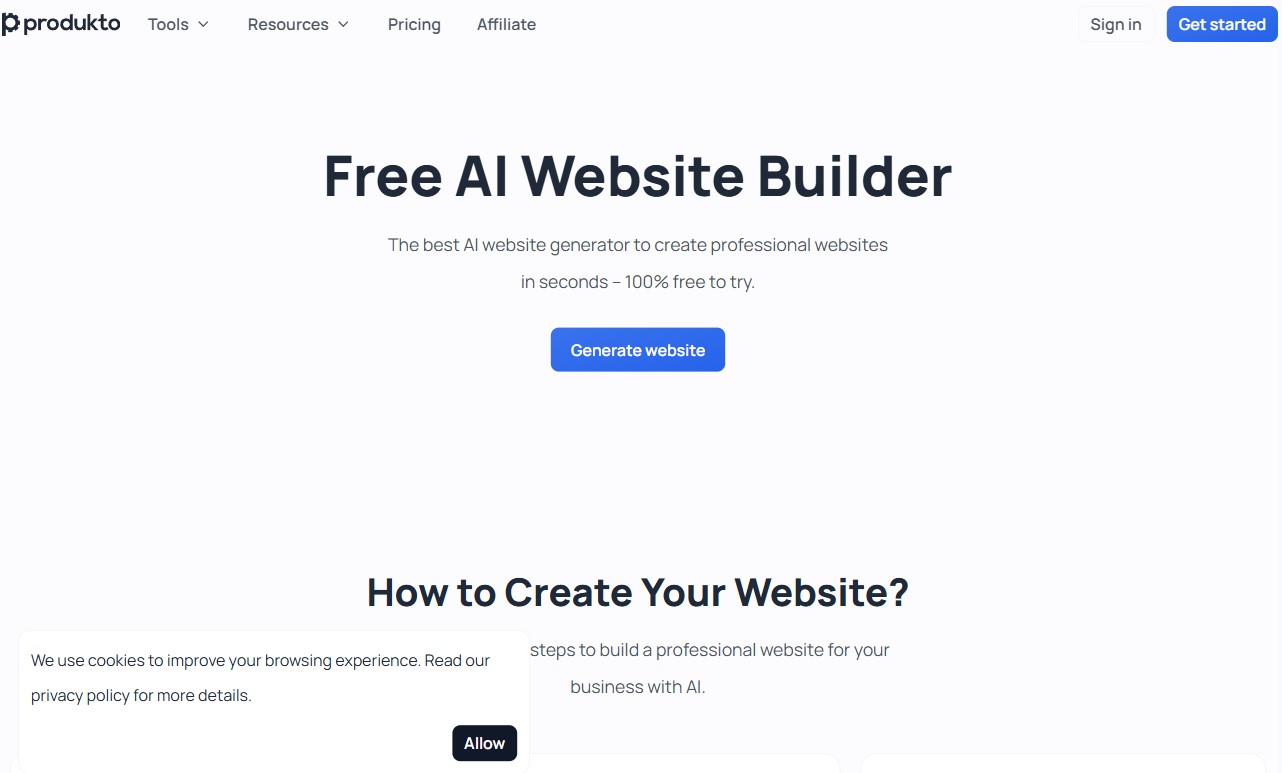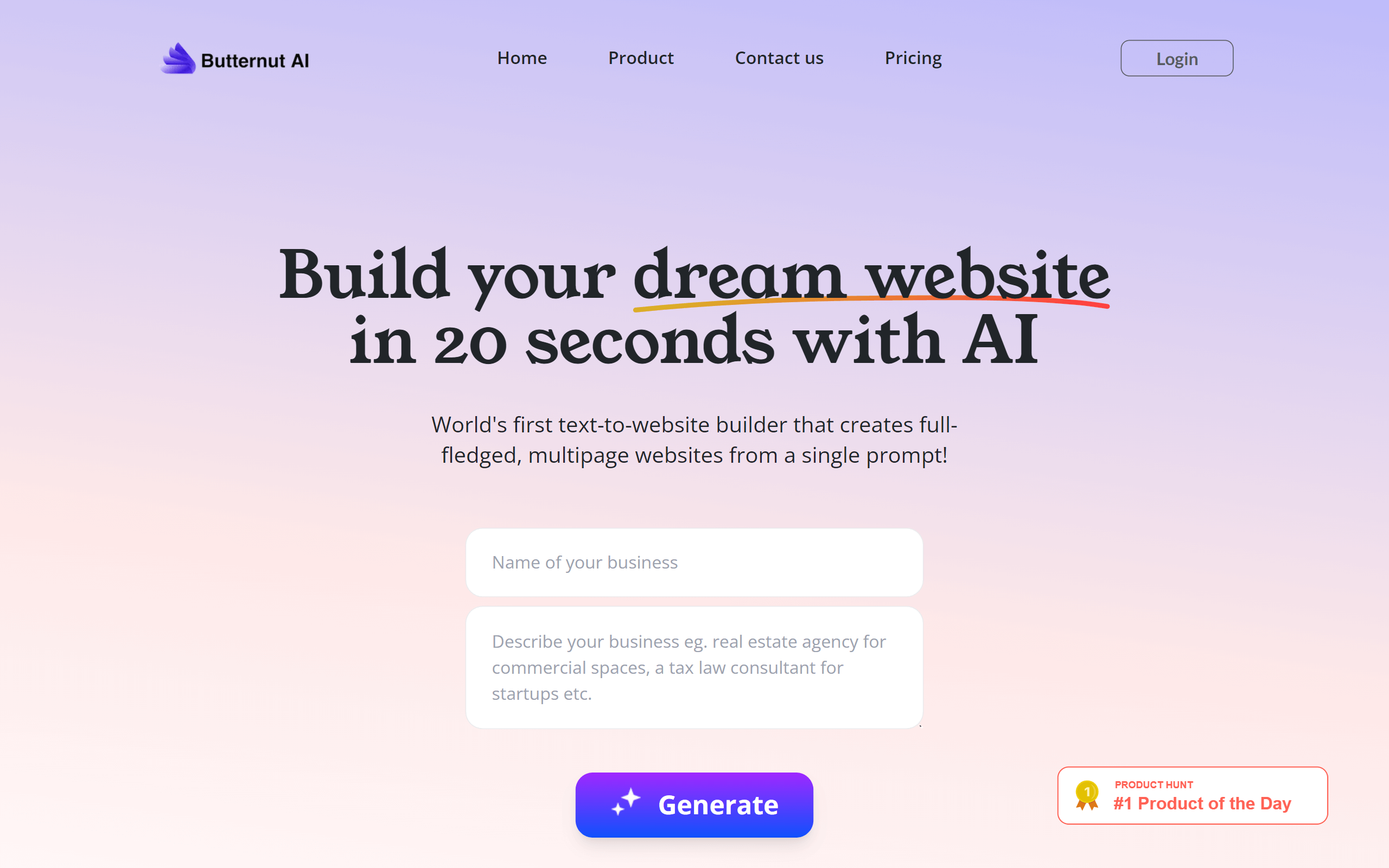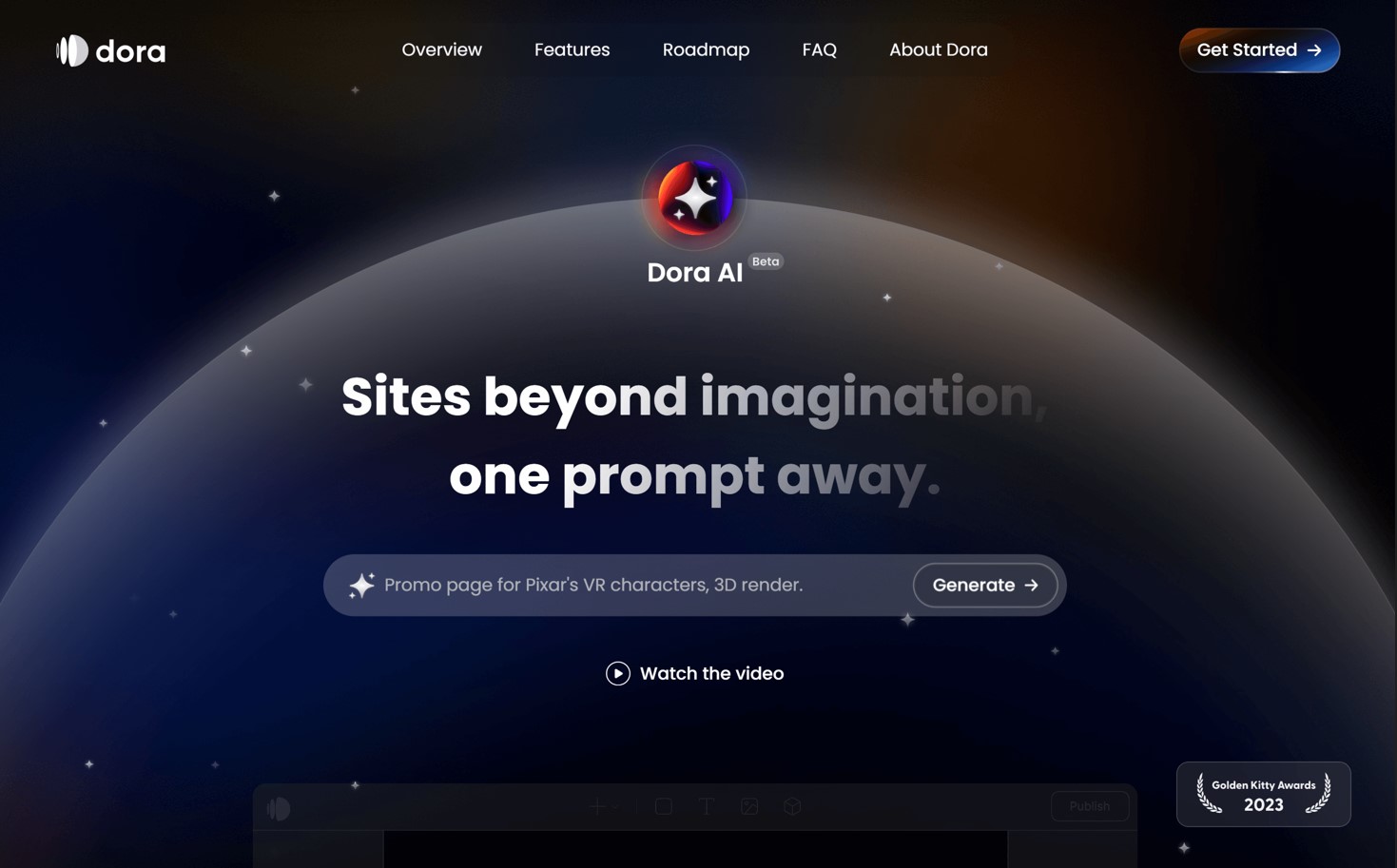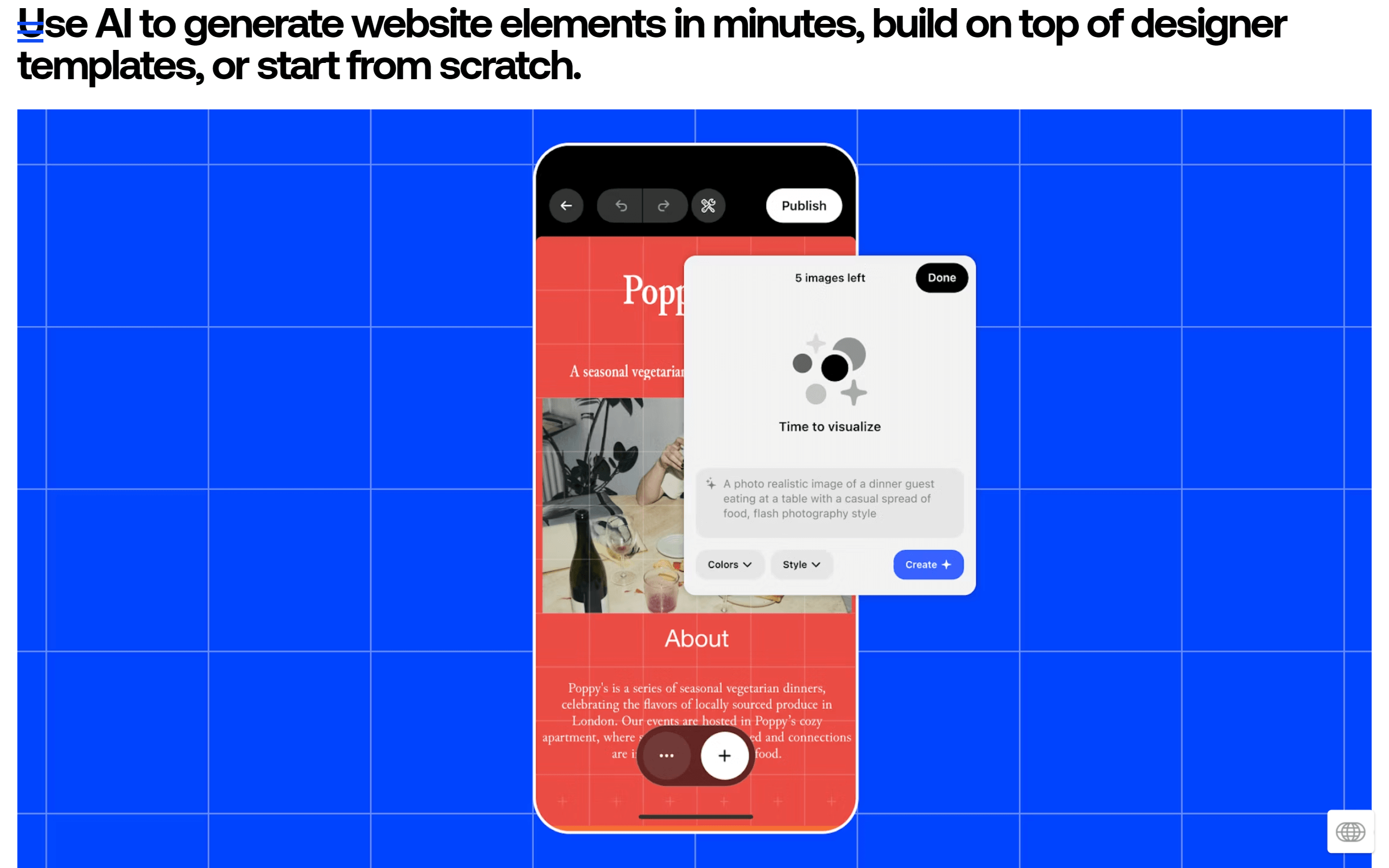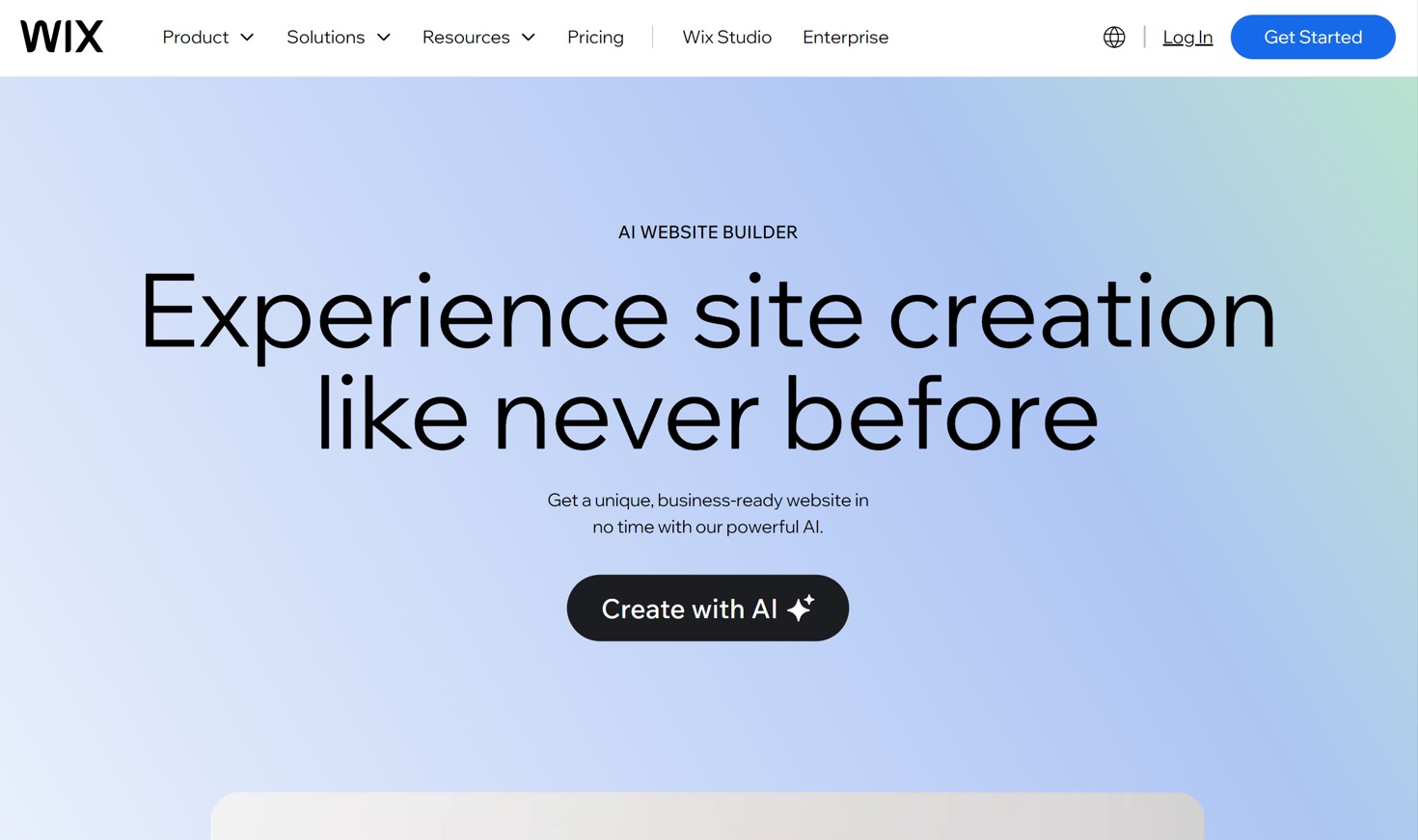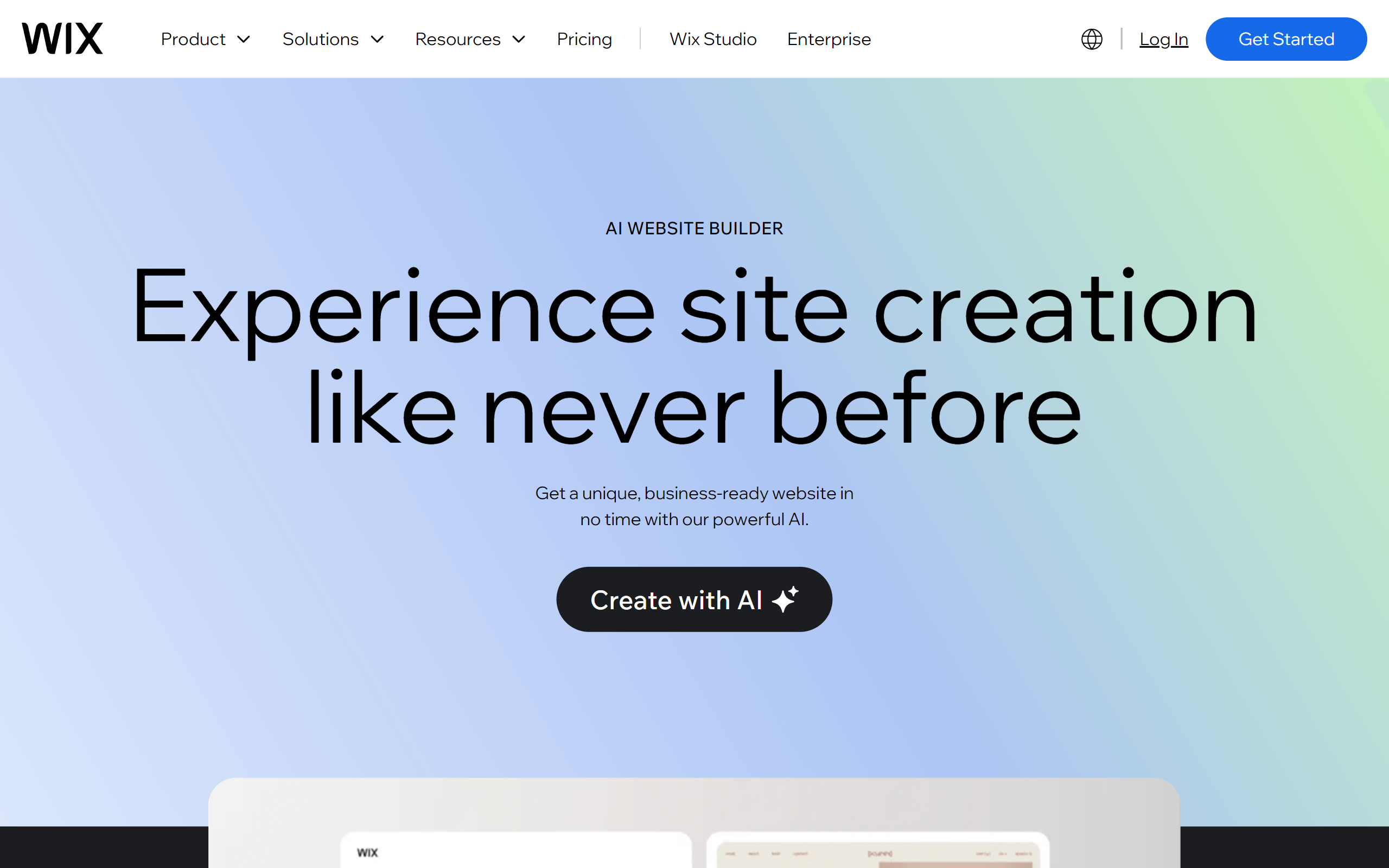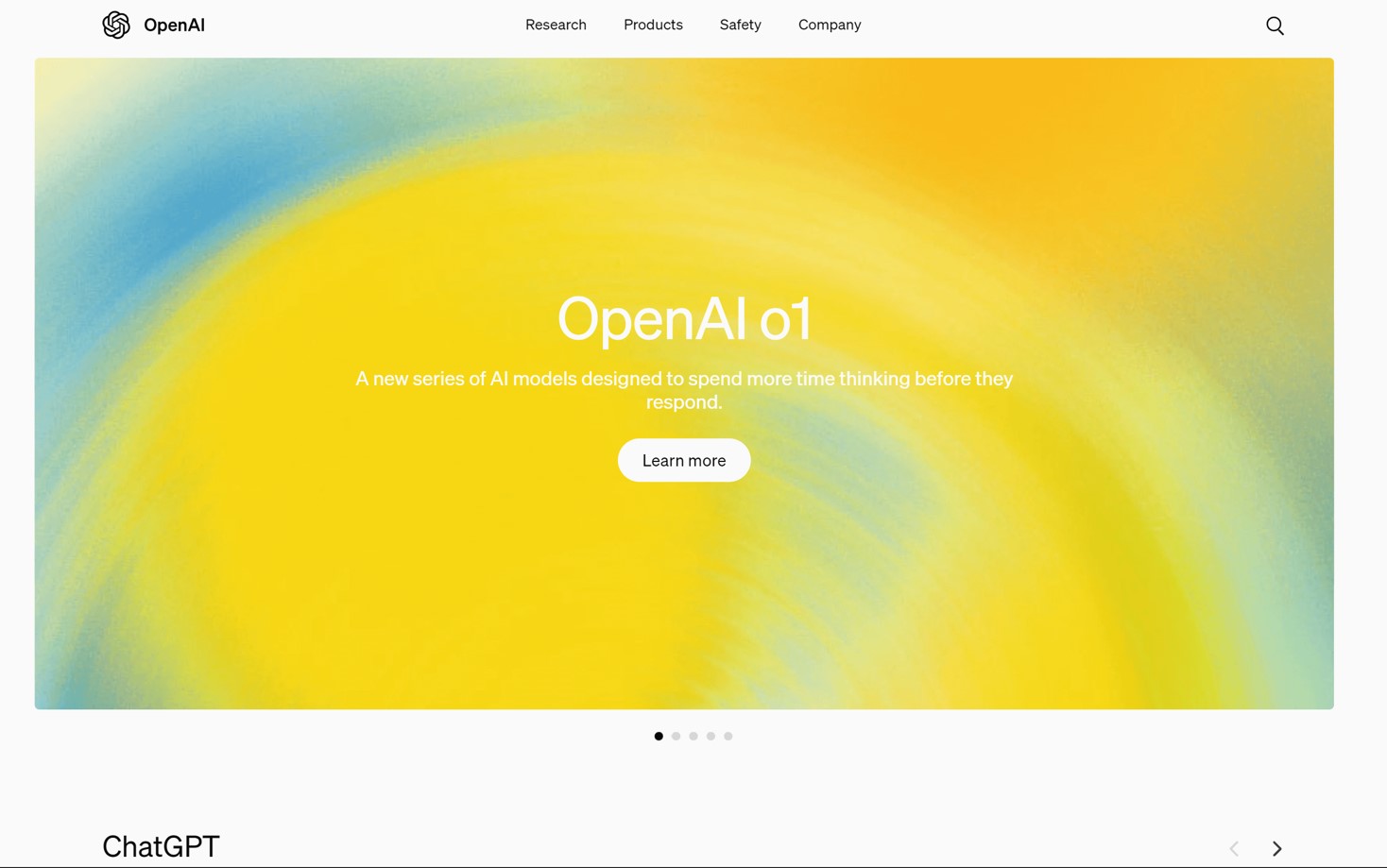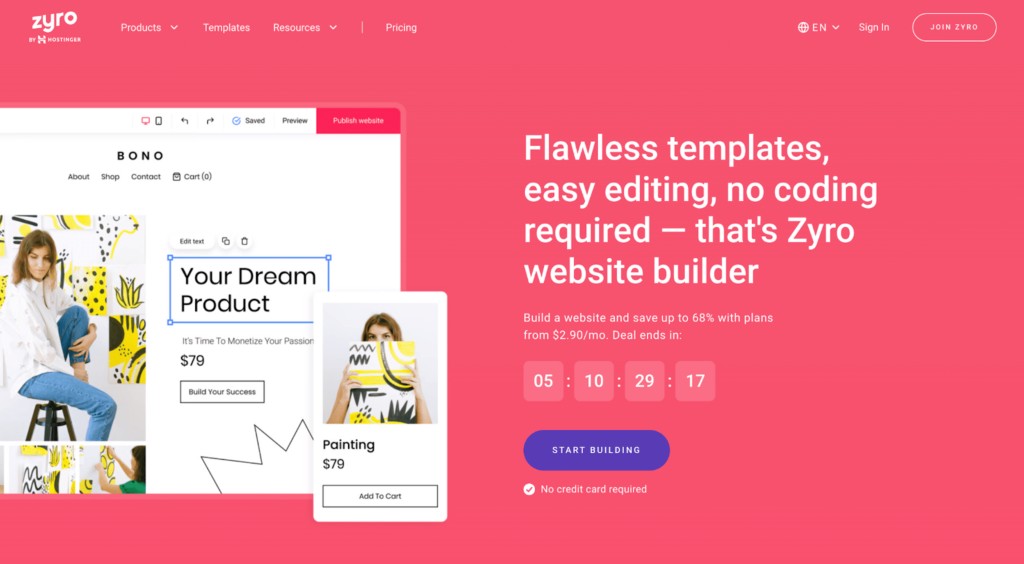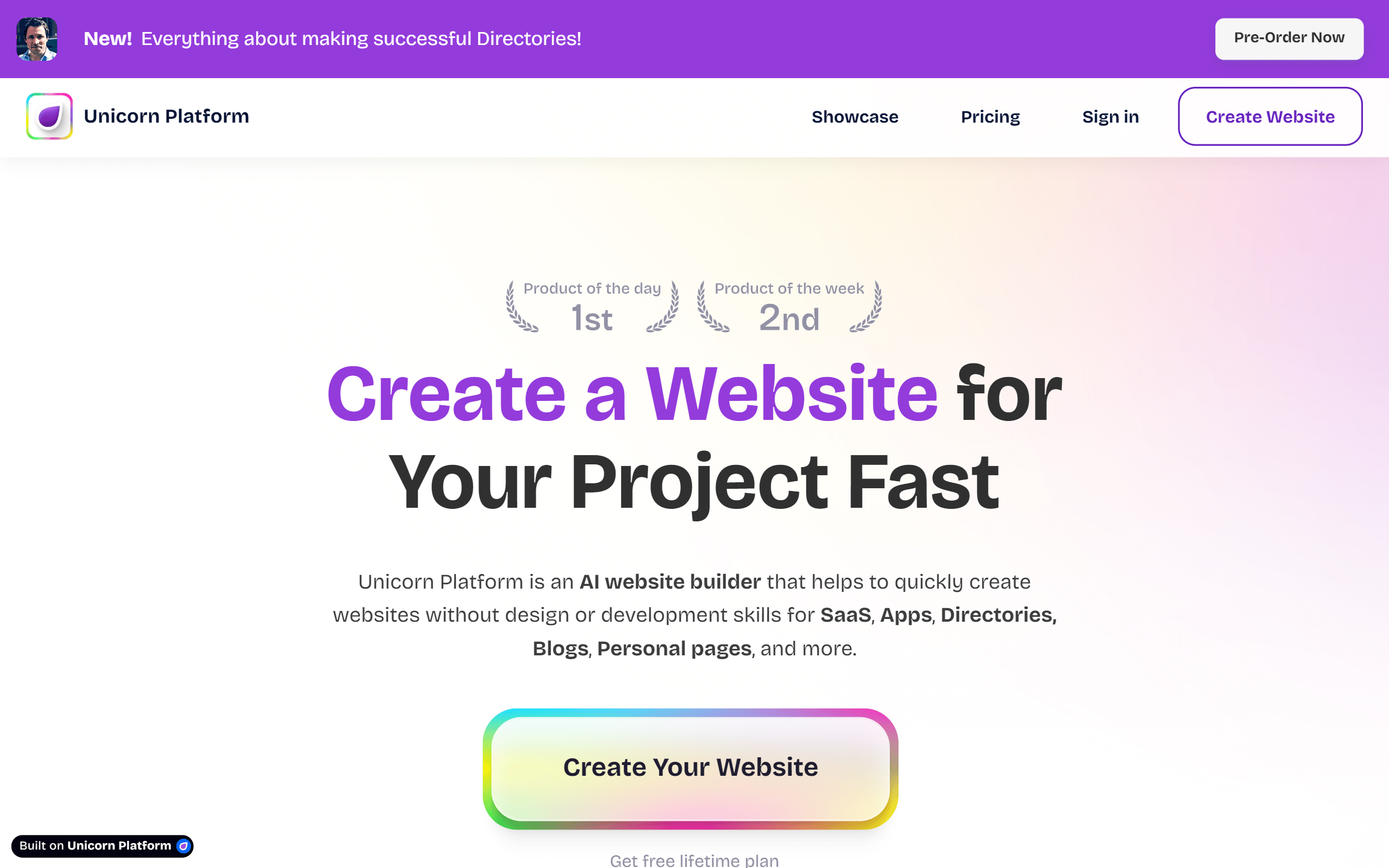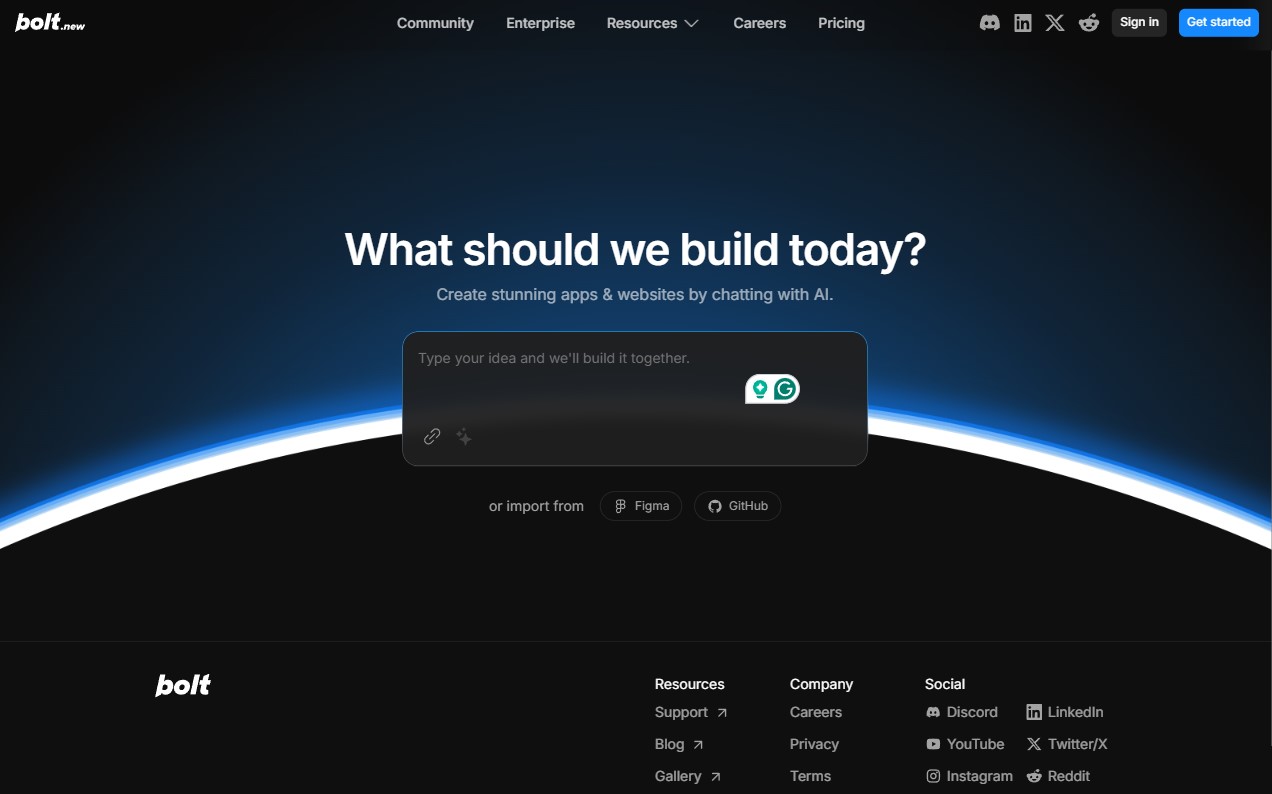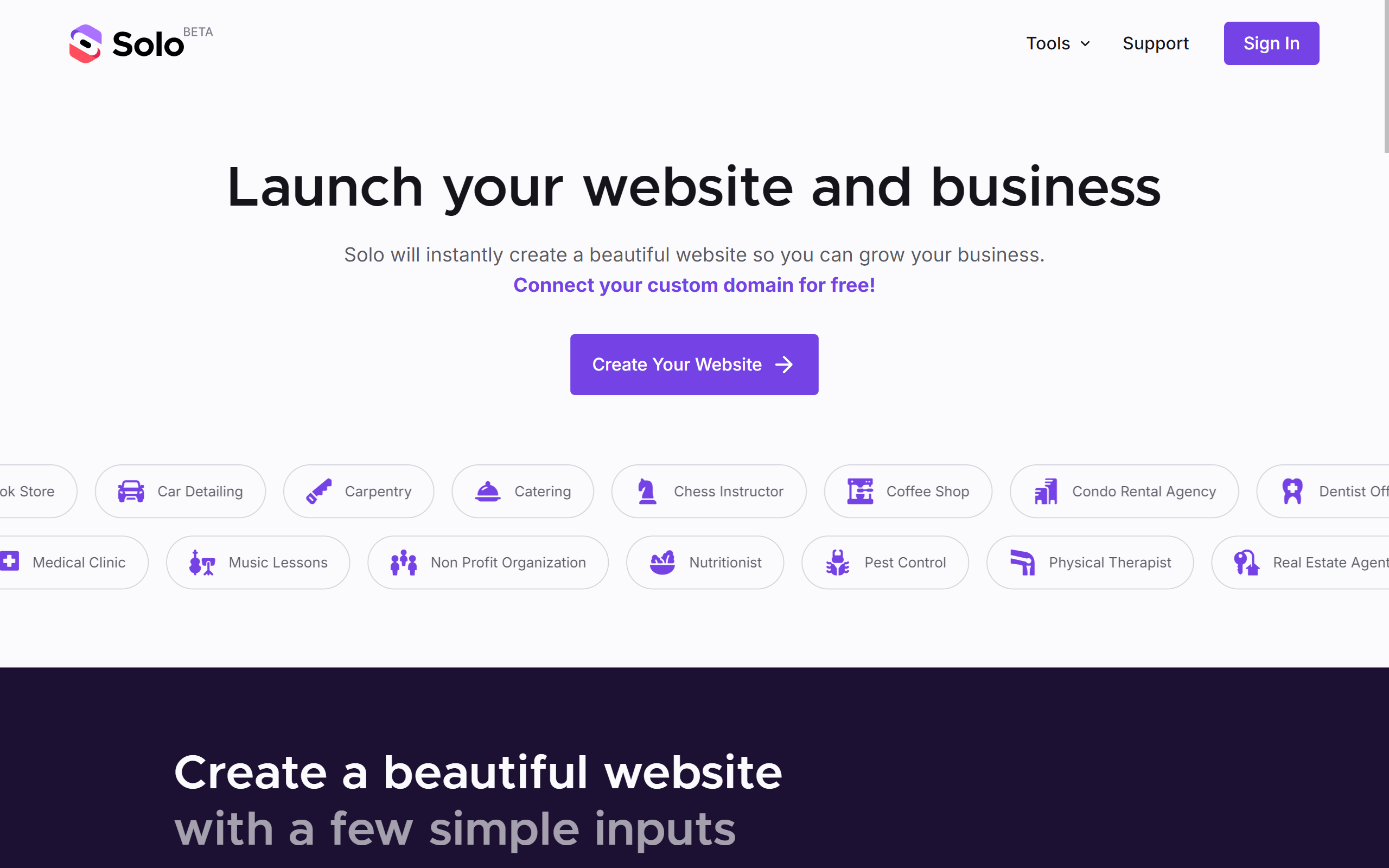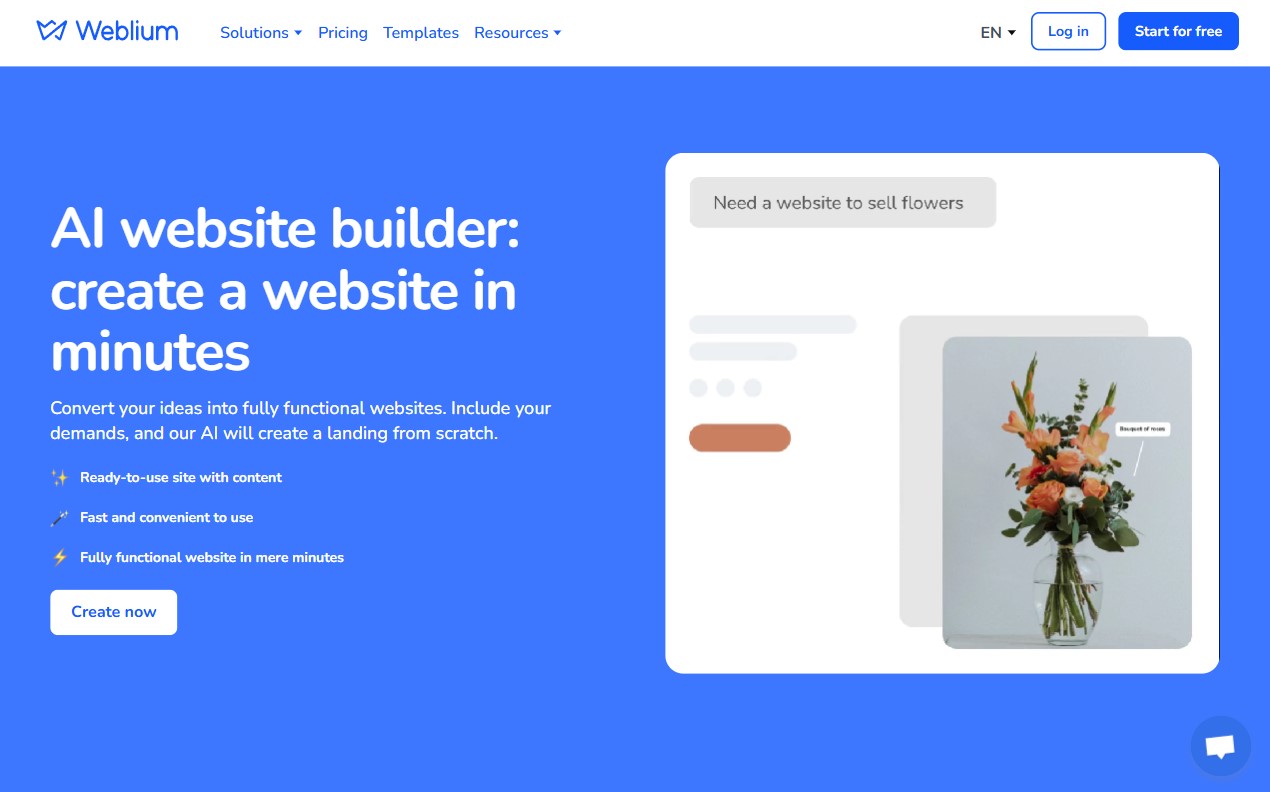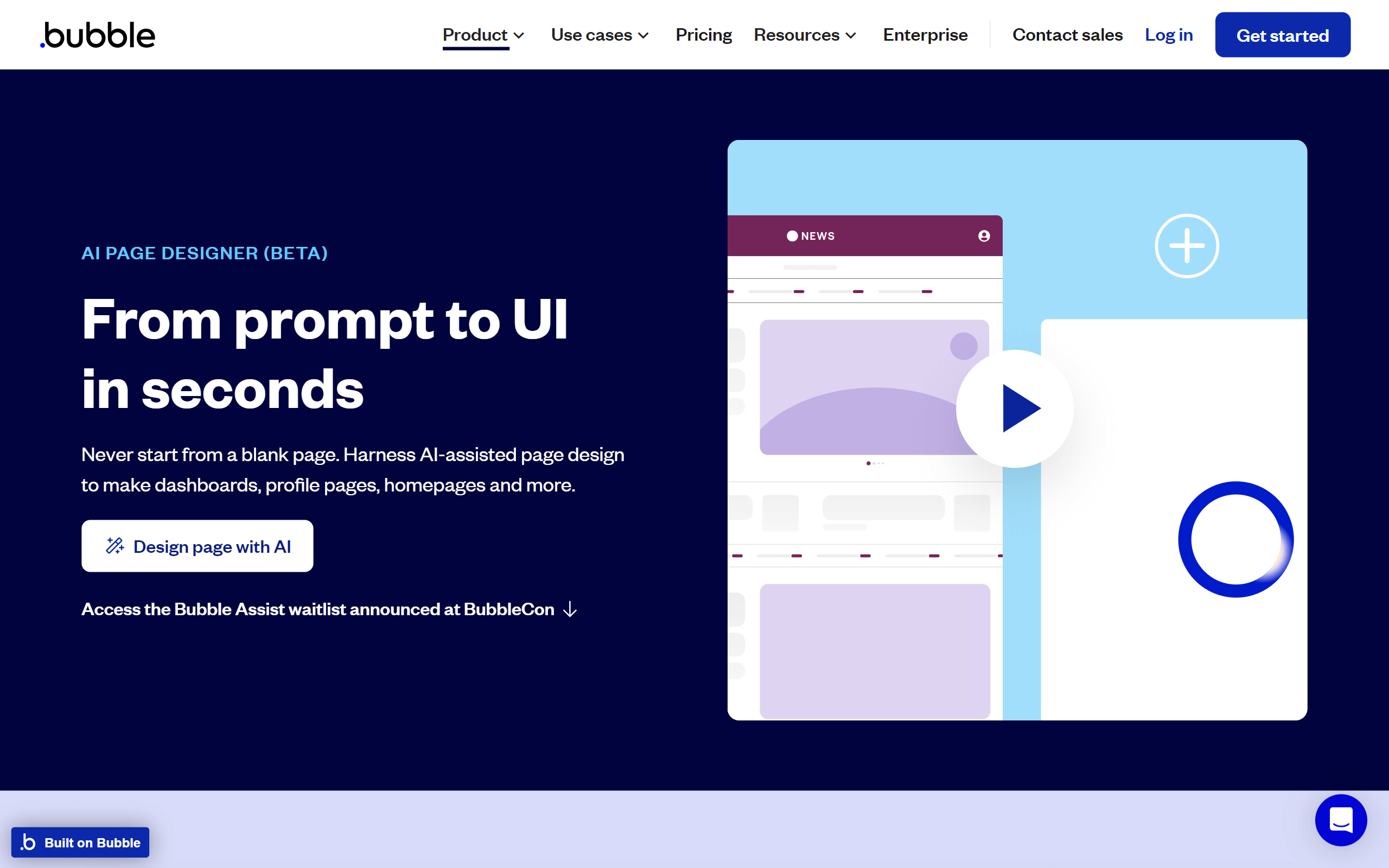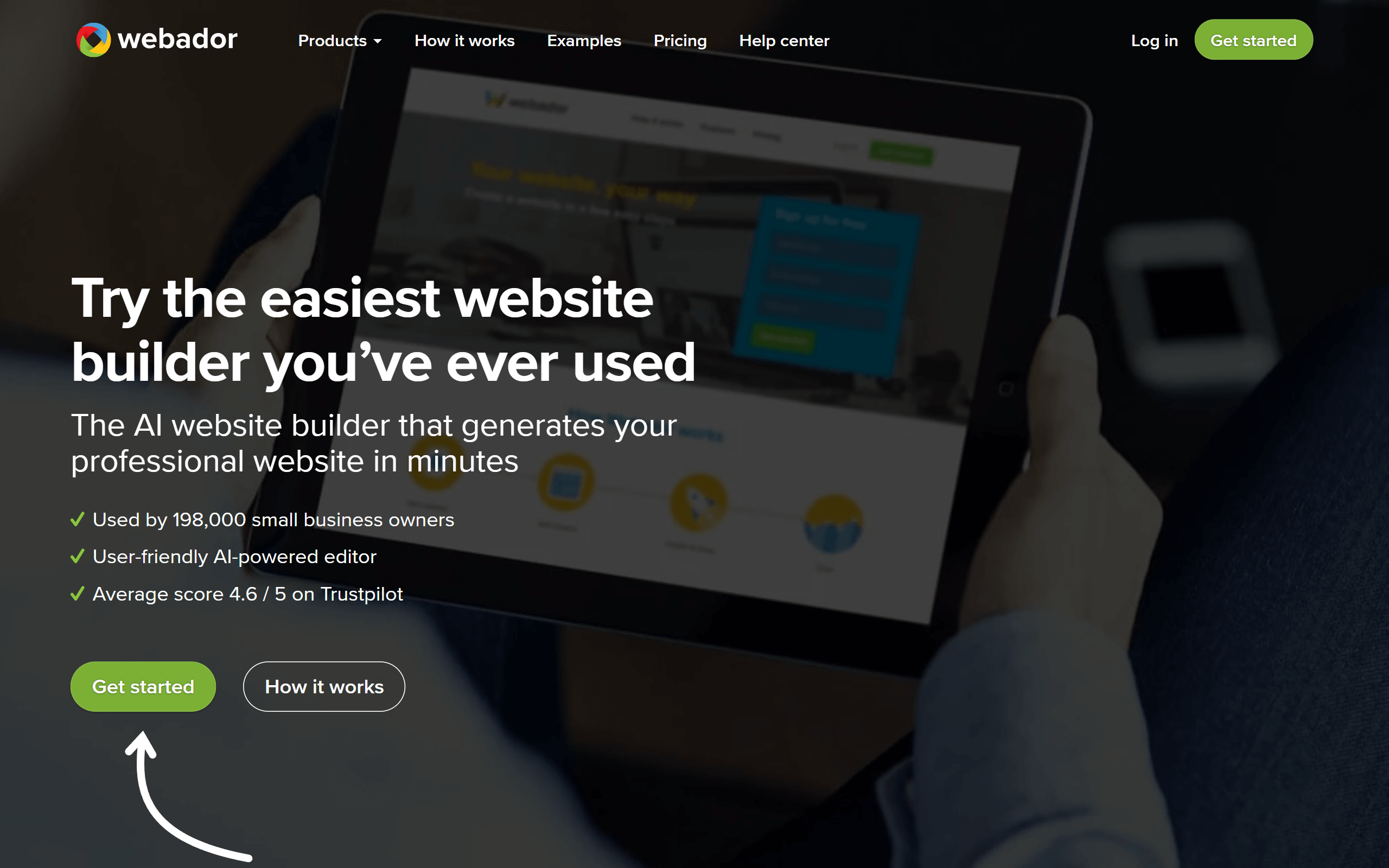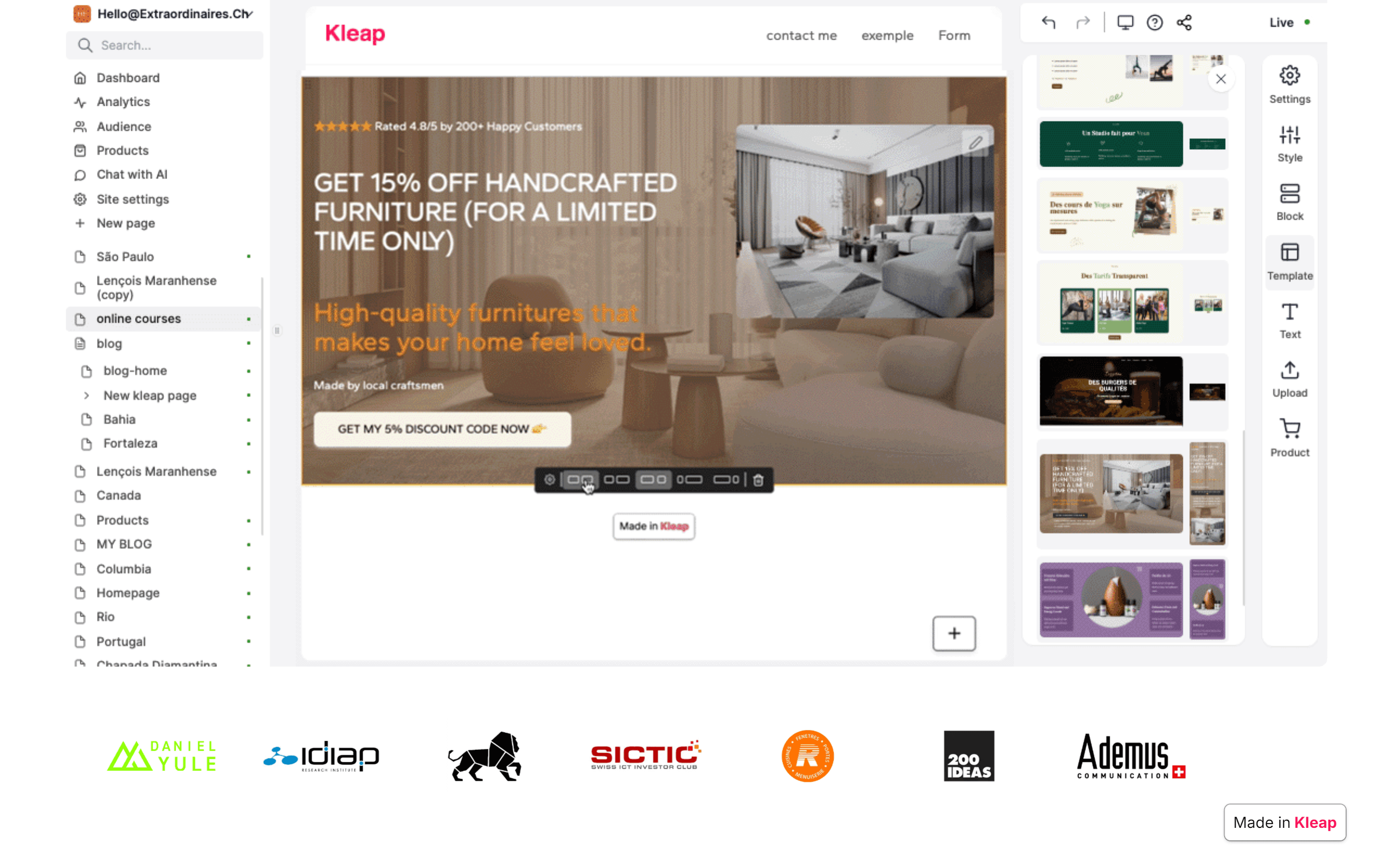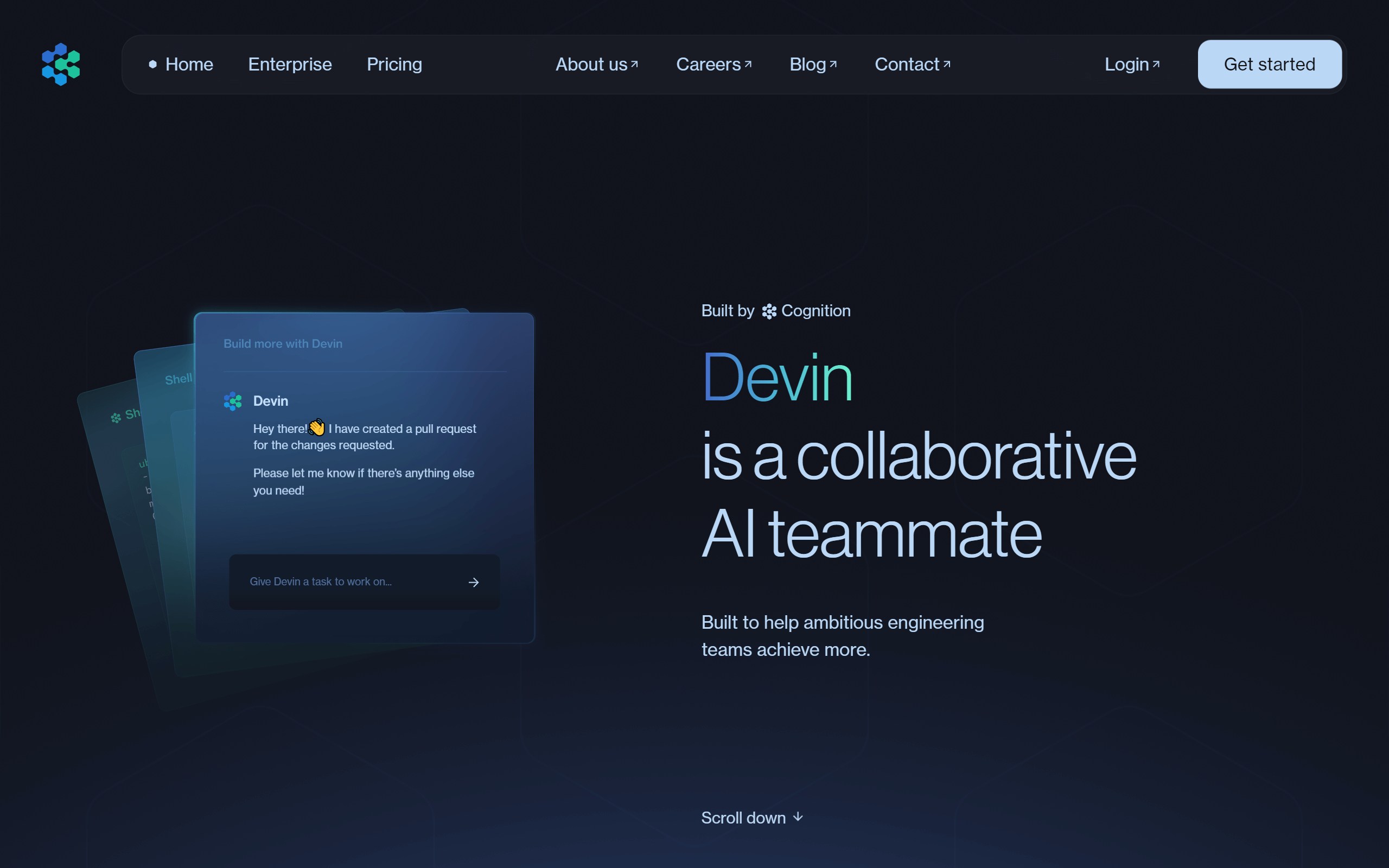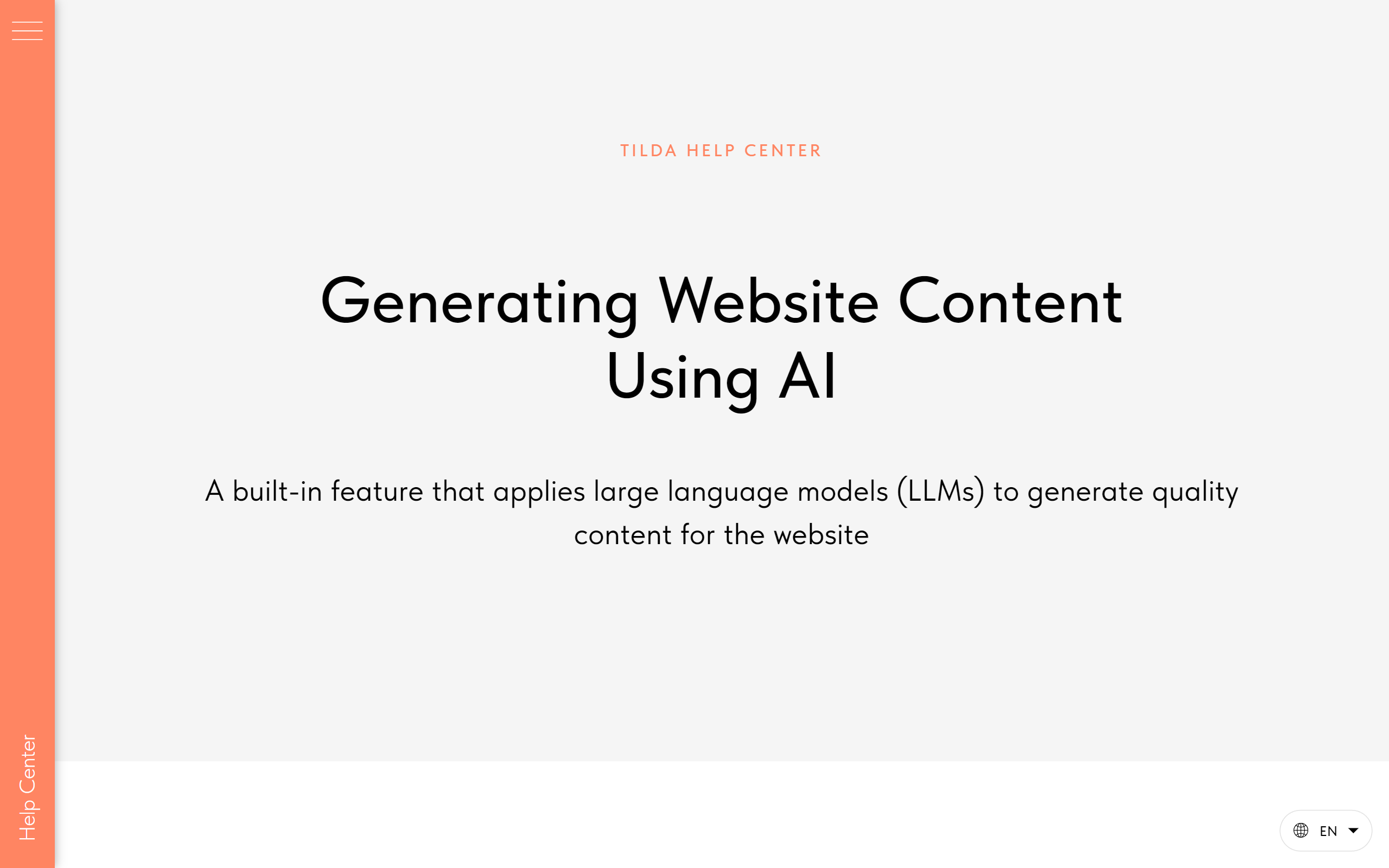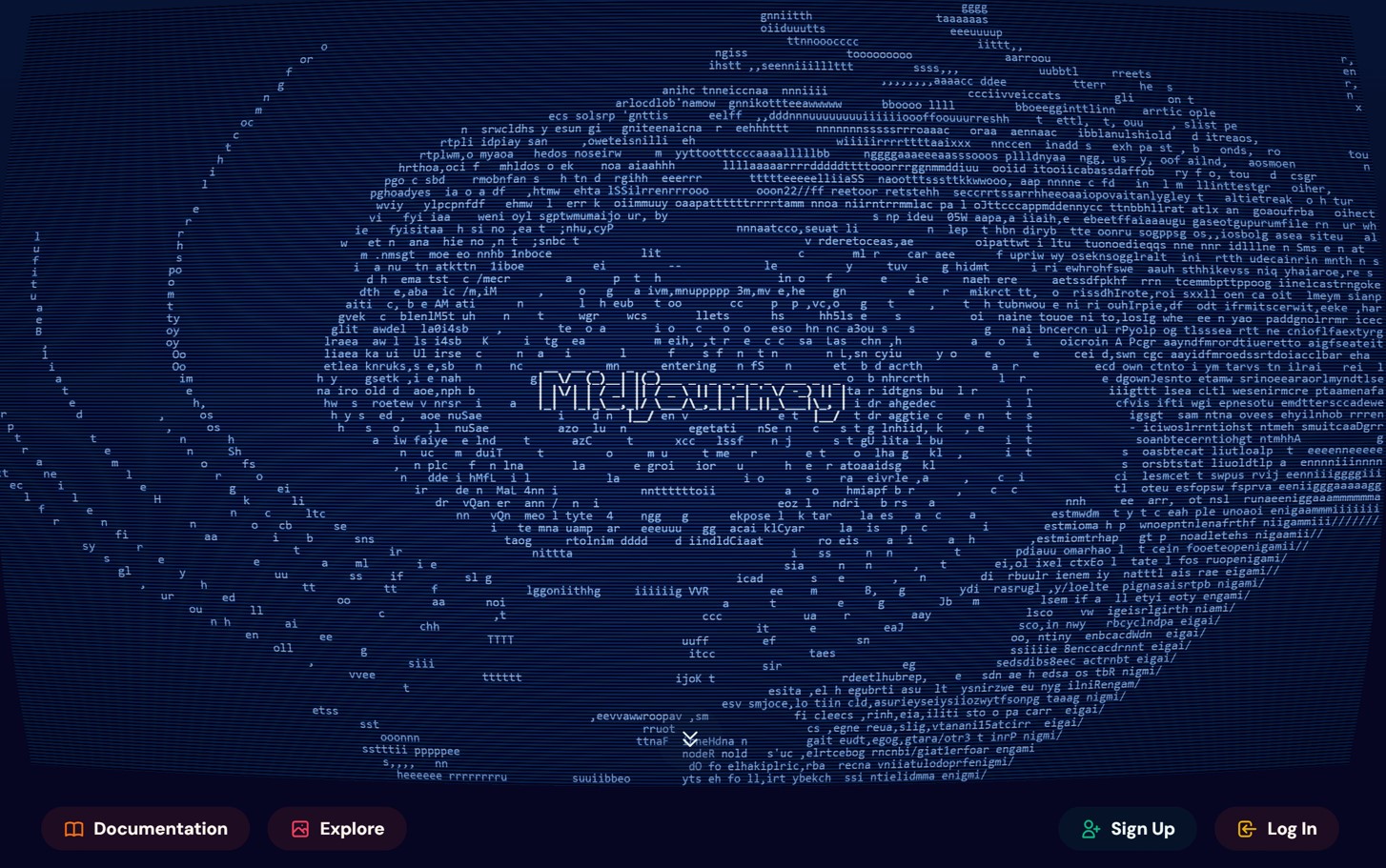| Mobirise AI (best alternative) |
User friendly; prompt-to-site flow |
Template/component based; limited deep customization |
Free core offering; very cost-effective for starters |
Generative layout and copy via prompts; rapid publishing |
Less support for complex backend logic and advanced integrations |
| Wix |
Very approachable; guided AI workflows |
Moderate; drag-and-drop with template limits |
Varied tiers; affordable for basic sites |
ADI, content assistants, image helpers |
Limited programmatic extensibility and deeper integrations |
| Squarespace |
Elegant editor; polished templates |
Moderate; custom code exists but limited composition |
Bundled plans; good value for small businesses |
AI copy and layout tools focused on visuals |
Fewer developer hooks; constrained automation for complex flows |
| WordPress |
Varies by setup; plugin-driven |
High; extensive plugin and theme ecosystem |
Can be cost-effective or costly depending on plugins and hosting |
Wide range via plugins: content AI, chatbots, SEO assistants |
Plugin conflicts, security upkeep, inconsistent AI quality |
| Shopify |
High for commerce tasks; merchant-focused |
Good for storefronts; custom apps need dev work |
Subscription plus app fees can add up |
Shopify Magic, product copy, image and recommendation AI |
Platform constraints, app dependency, variable AI depth |
| GoDaddy |
Very simple; fast setup with bundled services |
Limited to sections and templates |
Simple pricing; premium features increase cost |
Automated page population, basic SEO and images |
Constrained customization and limited AI tailoring |
| Webflow |
Designer-oriented; steeper learning curve |
High front-end control and custom APIs |
Professional pricing for teams and enterprise |
AI assistants for copy, layouts, and components |
Higher complexity for newcomers; AI focuses on design, not app-level orchestration |
